Krychevskyi Vasyl
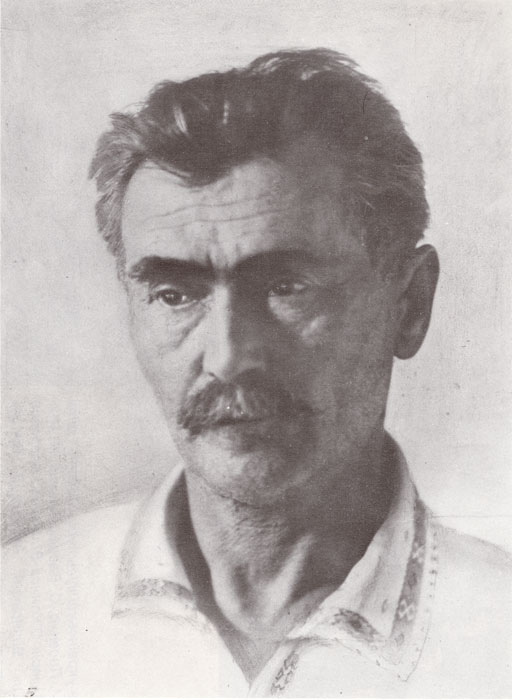
Vasyl Krychevskyi (1873-1952) – artist, architect, illustrator.
Krychevskyi’s genius has managed to accomplish one incredible thing – to melt down the great mass of folk art and create an original Ukrainian branch of modernism. Krychevskiy was the founder of Ukraine’s national architectural style and an innovator in book illustration, creator of the Ukrainian coat of arms and designer of the national currency, prominent stage designer and one of the first production designers in Ukrainian cinema. Moreover, he was a designer, painter, teacher, literary and art theorist.
Unbelievably, having achieved all that, he never had any specialized education – neither in the arts nor in architecture. All of his studies were in practice. When he moved to Petersburg at the age of 25 to enrol in the Academy of Arts, the professors said that on looking at his work they already saw an accomplished artist. His experience, knowledge and acclaim were so notable that in 1917 he was invited to preside over the newly established Ukrainian Academy of Arts. He declined the offer and his brother Fedir Krychevskiy, a hugely talented painter, became the president instead. Vasyl’s productivity was phenomenal: his legacy includes modernist and constructivist buildings, while his paintings and graphic art are housed in multiple private and museum collections from Kyiv to Caracas, despite the loss of a large portion of his body of work in the chaos of several wars.
Jagiellonian Library, aleja Adama Mickiewicza 22, Kraków, Poland
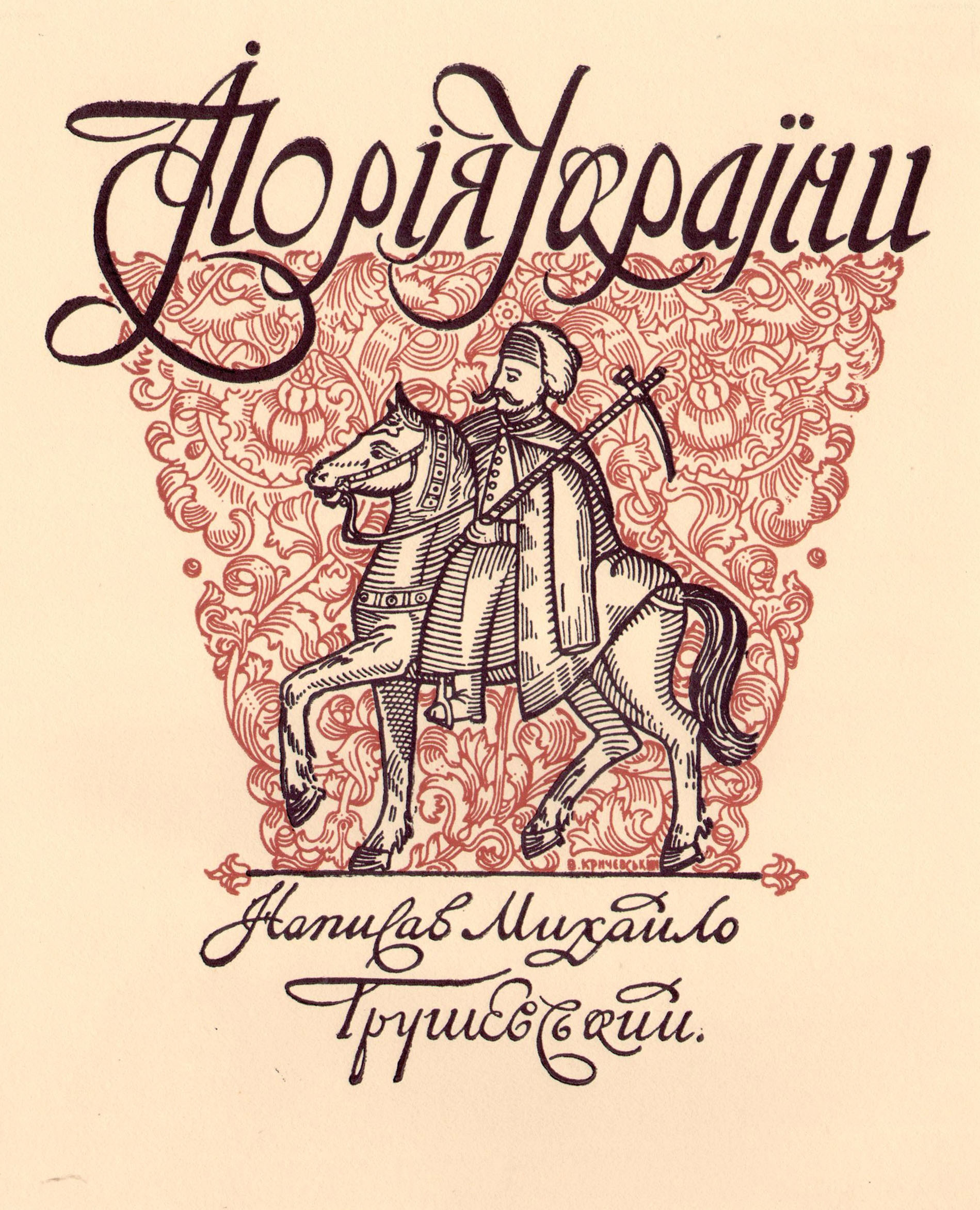
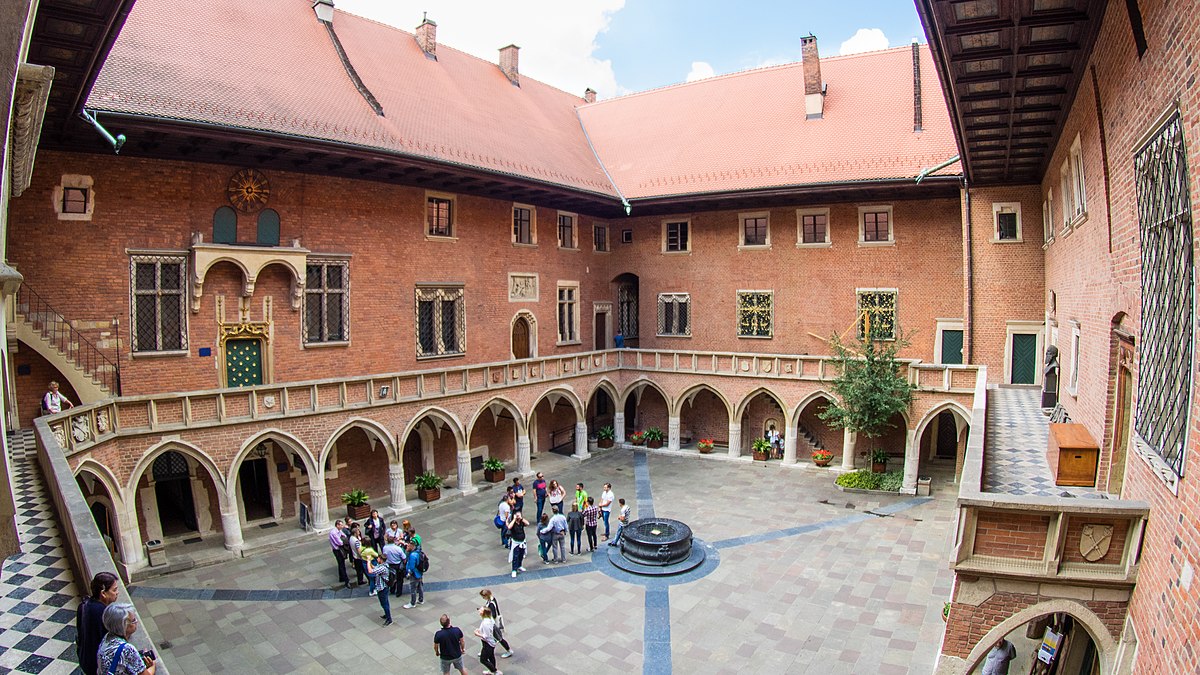
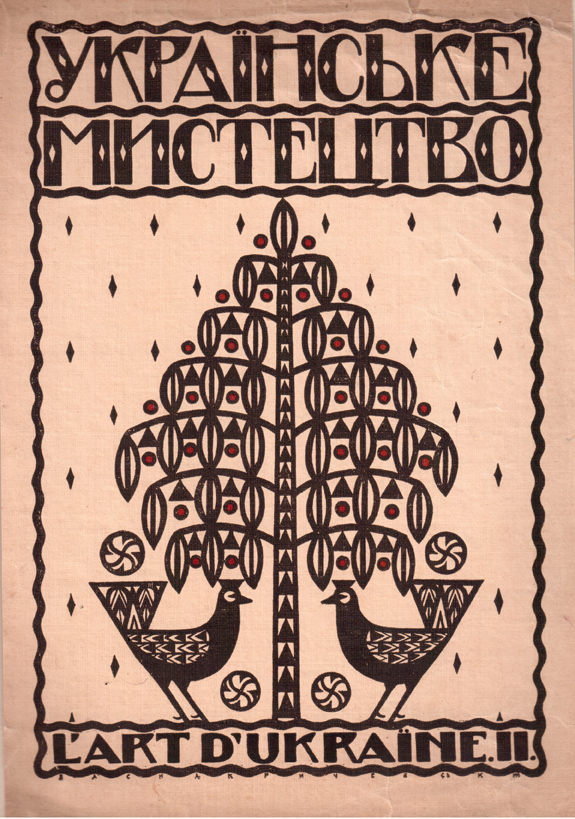
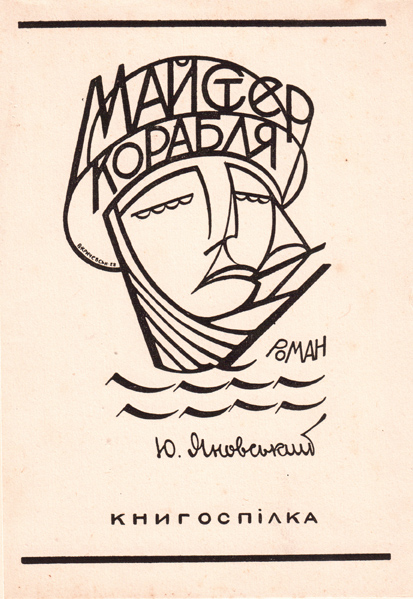
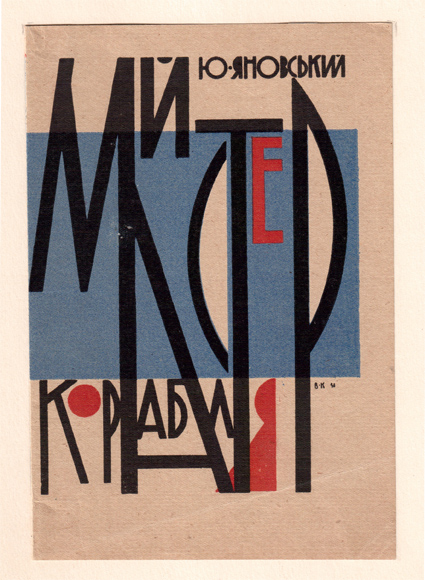
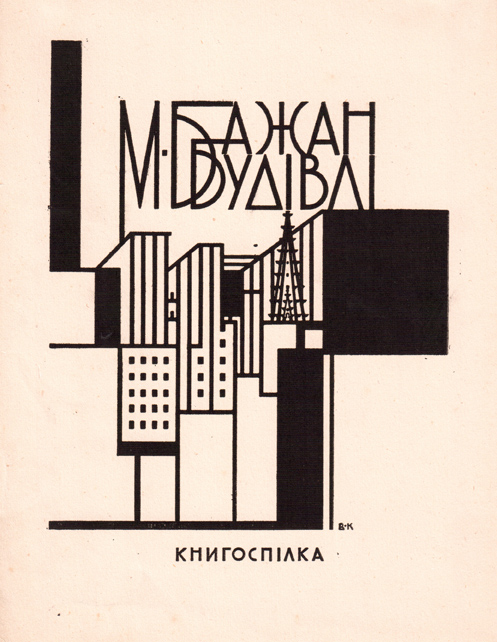
Vasyl Krychevskiy, already an acclaimed architect and painter, immersed himself in his new passion – illustration. Commissioned by historian Mykhailo Hrushevskiy, he took on the visual design of The Illustrated History of Ukraine, a popular publication for general audiences. The publishers had taken on a task considered innovative at the time: Illustrating a book with photographs and drawings of artefacts instead of “artist renderings” which were the common practice then. On this occasion, in August 1911 Krychevskiy travels to Krakow to research the archives of the Jagellonian Library, which to this day preserve unique memorabilia from Ukrainian history. At the time the library was housed in a gothic 15th century edifice of the Collegium Maius, in Krakow’s centre. The artist created over 30 drawings and the designed the cover of Hrushevskiy’s book.
In his book illustrations Vasyl Krychevskiy chose to be a co-author – his designs and drawings were to reflect the spirit of the work, and he usually offered dozens of options for cover designs. ”Thoughtful asymmetry with contrasts, with gradual development and architectural austerity produces the same effect as the growth or development in a dramatic or musical work,” he explained. Over decades of work in illustration Krychevskiy had developed a unique and recognisable style: laconic, geometric (the reason he excelled at constructivist drawing), often with elements of folk symbols and Ukrainian book design of the 17th-18th centuries. A very typical Krychevskiy tool was drawing a grape cluster as a triangle with smaller triangles inside arranged in checkerboard fashion. A similar pattern of grapevines – designed as an elongated hexagon, another characteristic feature of Krychevskiy’s style – decorate his tombstone.
Piazza Giuseppe Mazzini, Roma, Italy
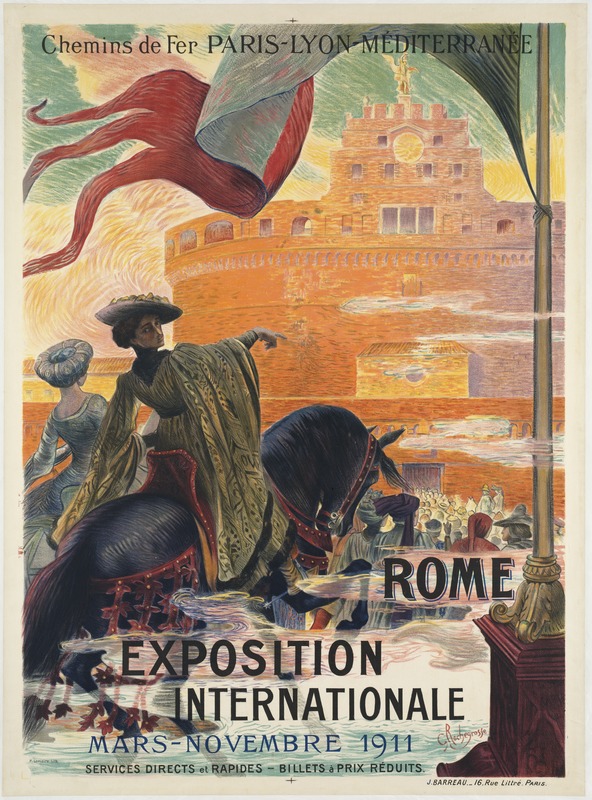
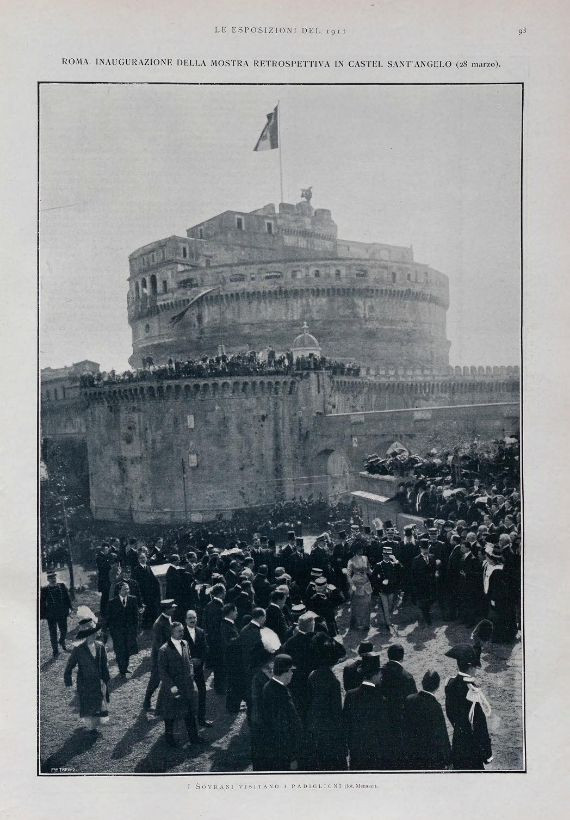
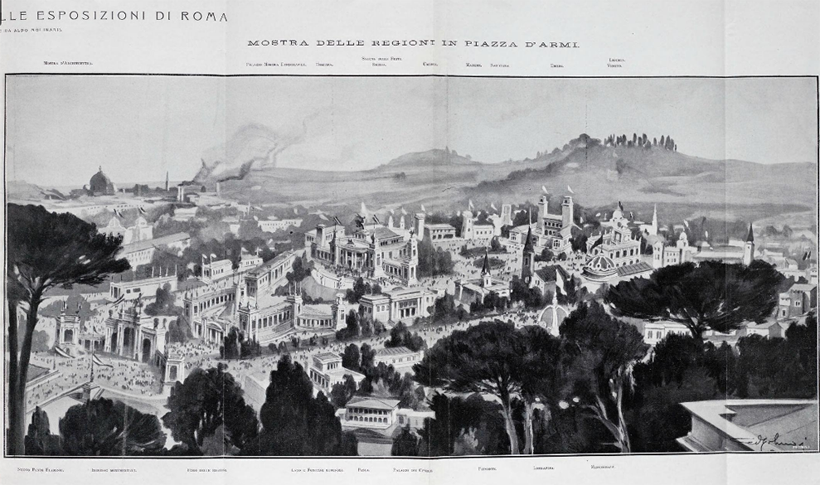
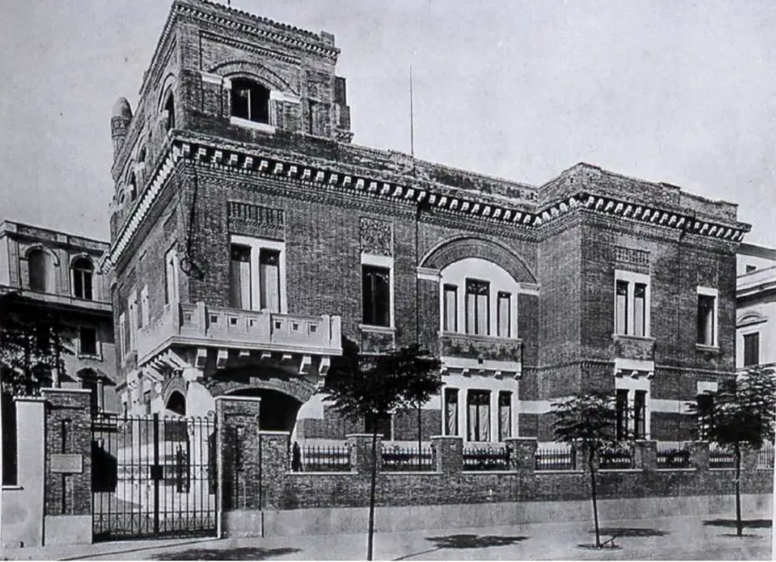
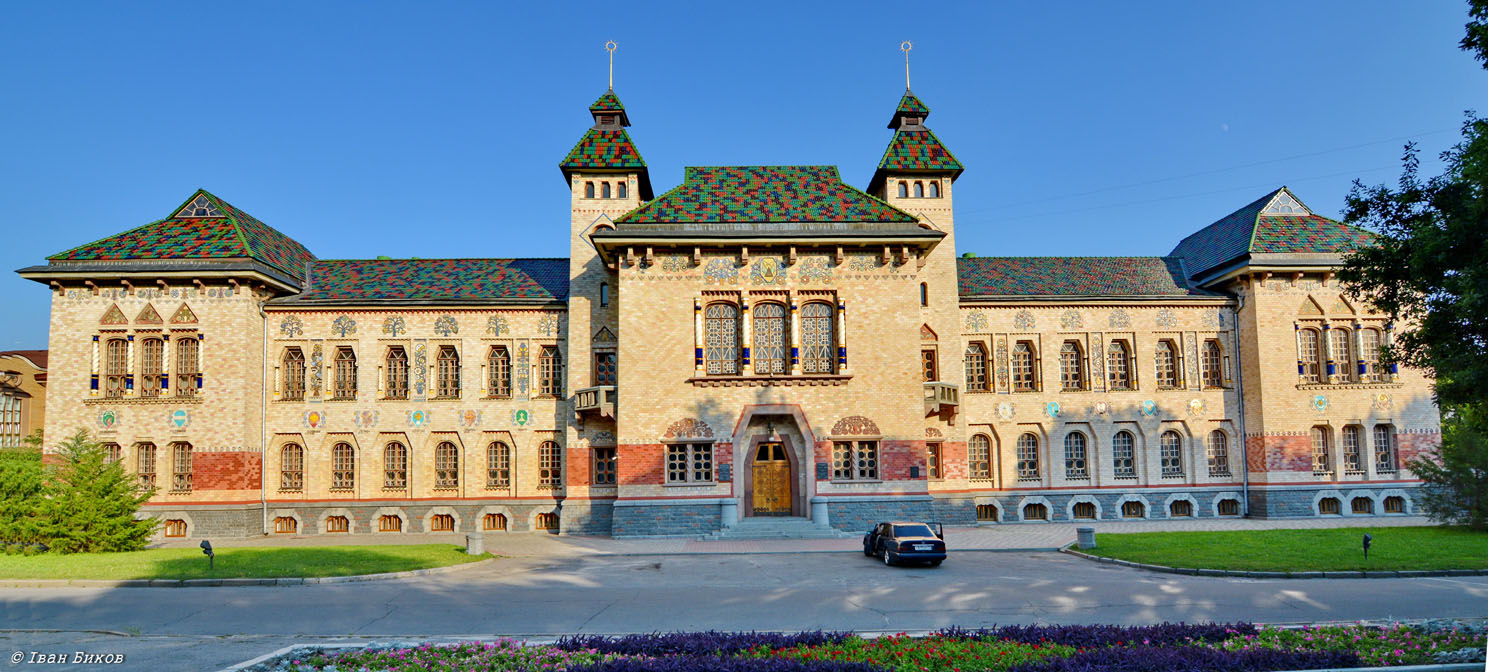
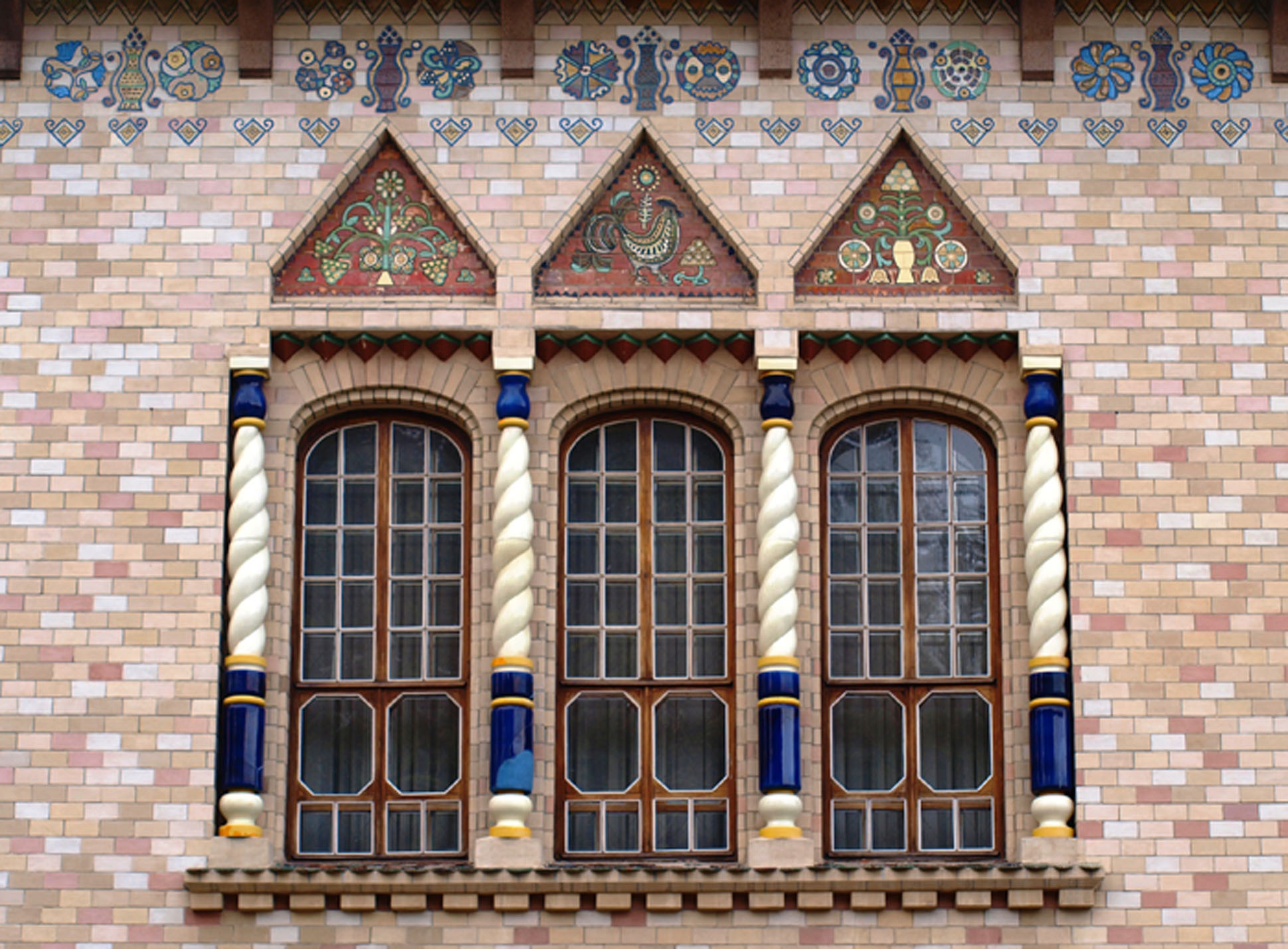
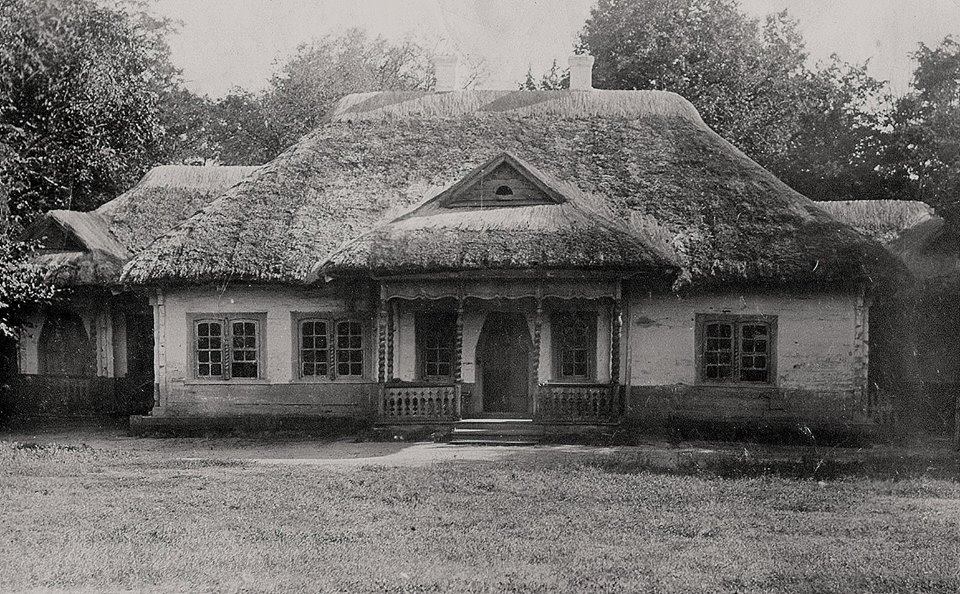
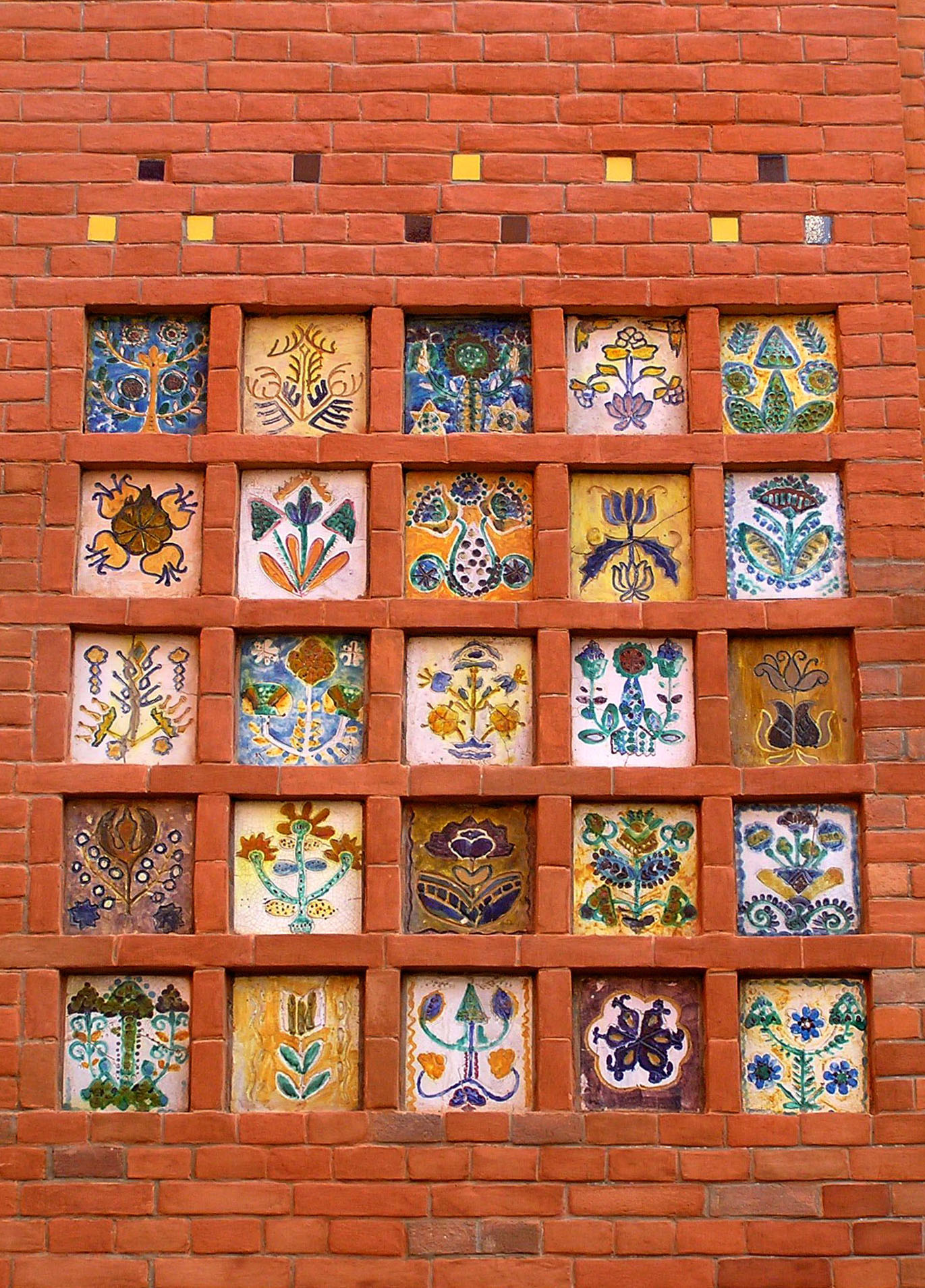
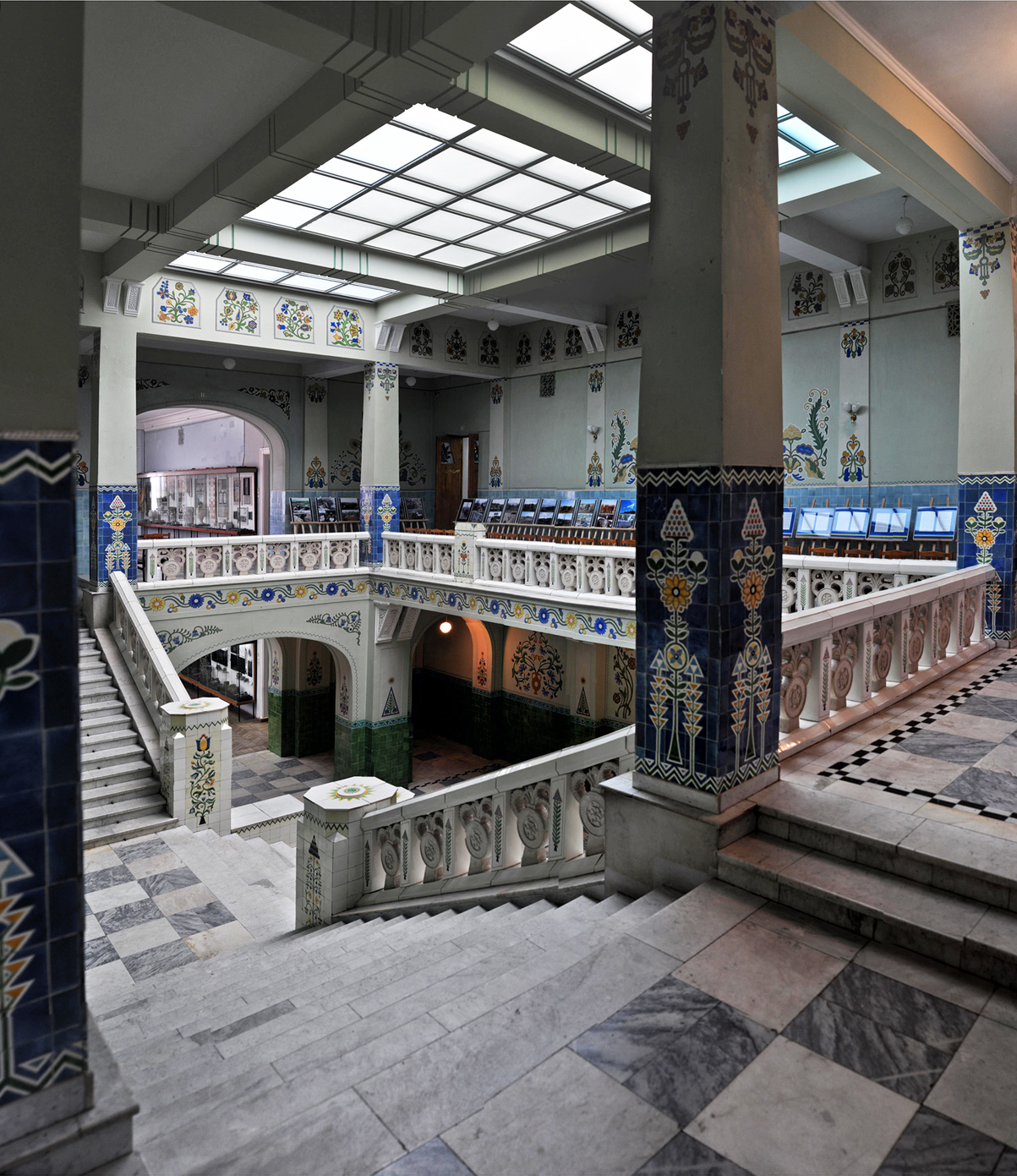
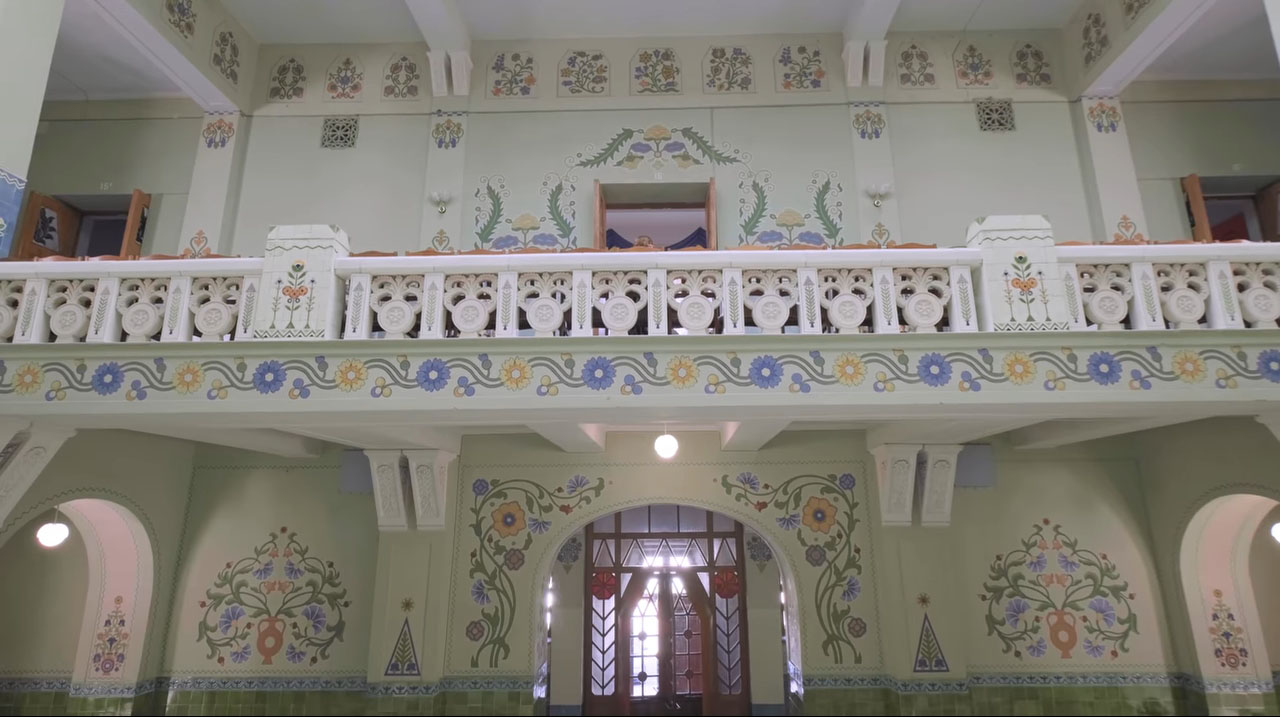
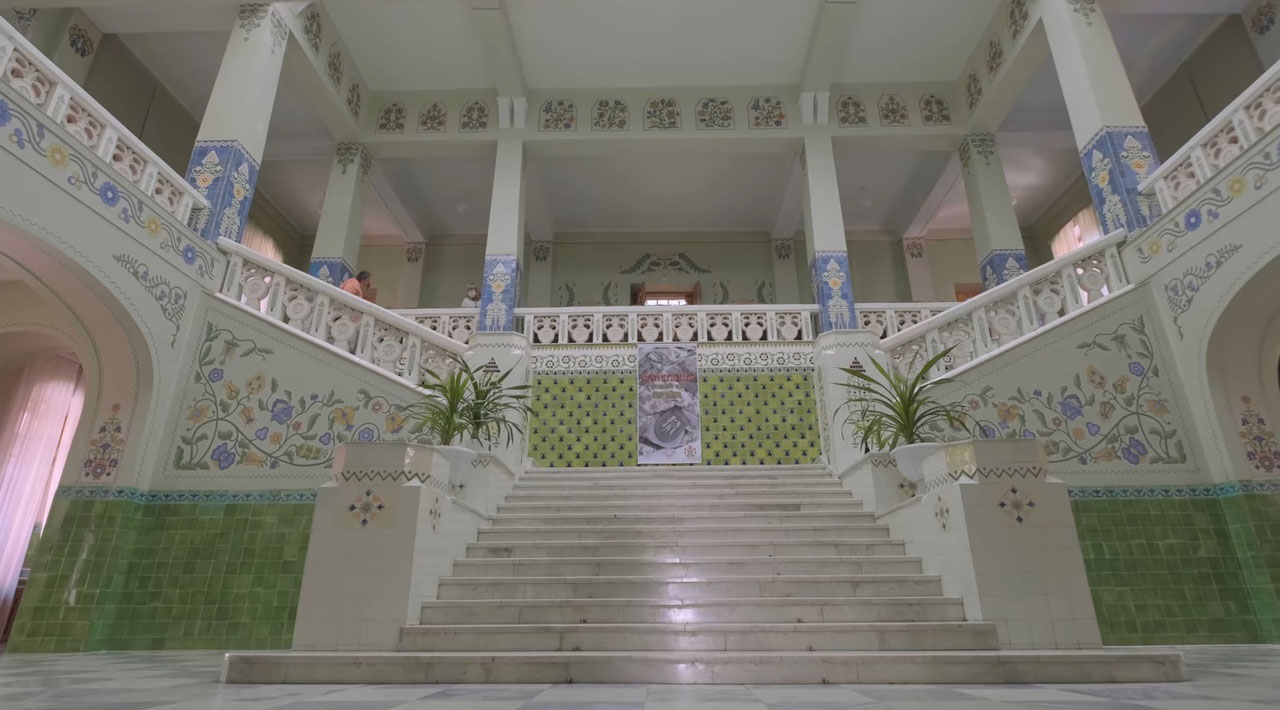
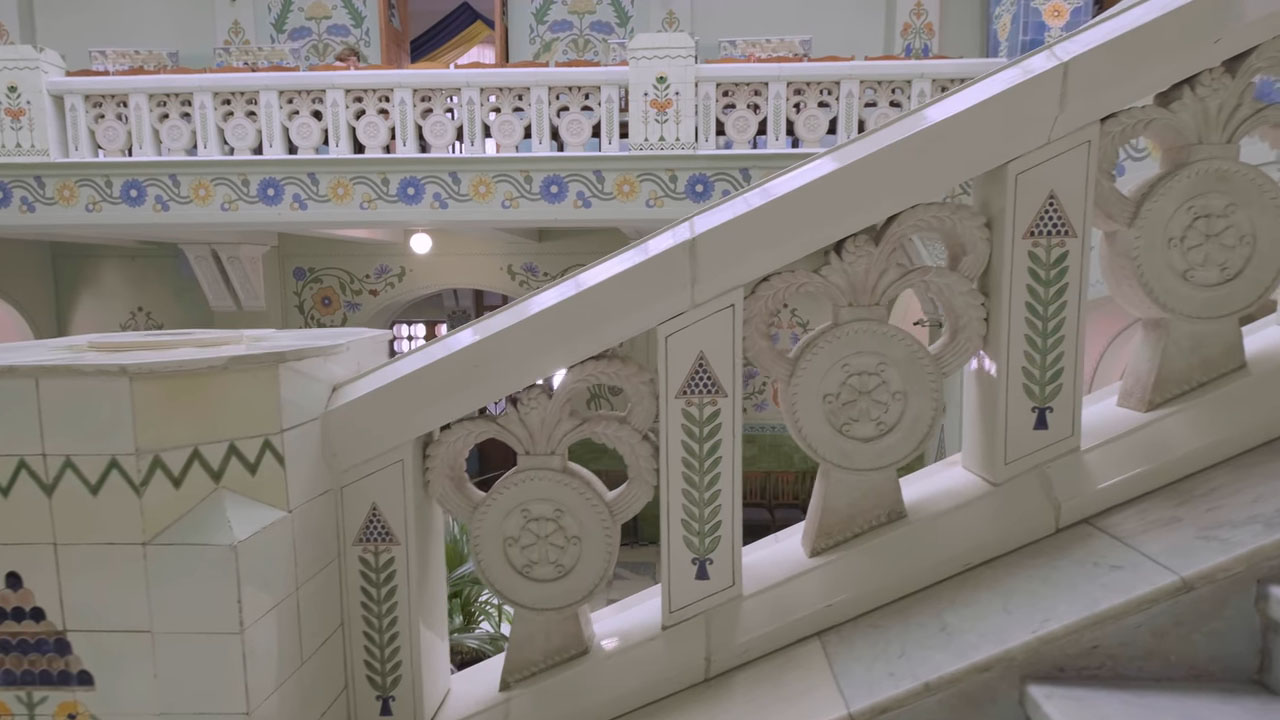
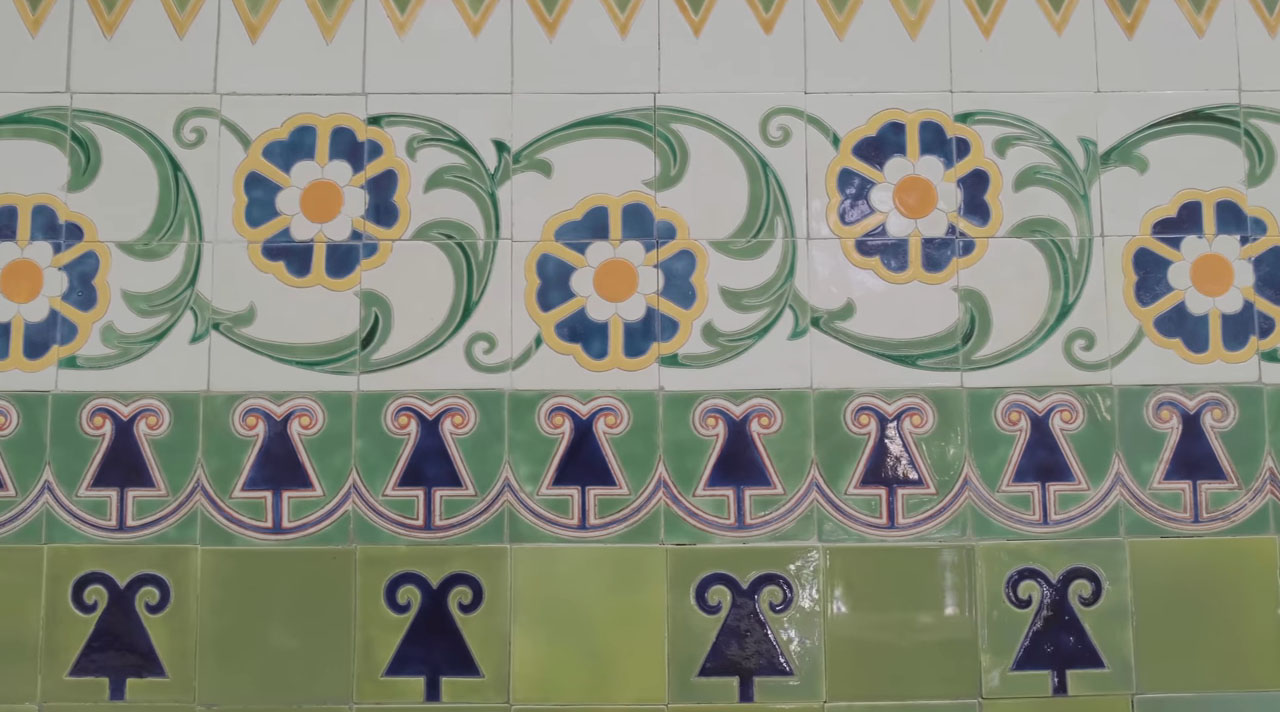
In 1911, Krychevskiy attended the grand International Arts Exhibition (Esposizione internazionale d'arte) in Rome. The exhibition was dedicated to the 50th anniversary of Italy’s Unification and showcased the country’s entire art history – from ancient to modern times, as well as the artistic achievements of other countries. Krychevskiy was particularly interested in the International Architectural Exhibition, with the modern home (Casa Moderna) as its central theme. At the time, the 38-year-old Krychevskiy was already celebrated as an innovative architect. His first solo work was so impressive that it became his most famous. It’s the house of the Poltava Province Council (1903-1908), wherein Krychevskiy laid the foundation for Ukrainian modernism in architecture. In its design he accumulated all his knowledge of national architectonics and decor, having mastered interior design as well. The likely starting point for this creation was a legendary house of the well-known patron Hryhoriy Galagan, recreated in 1854 in the village of Lebedyntsi according to the Ukrainian aristocratic tradition in the architecture of 17th-18th centuries. ”This house has been erected to revitalise the legends about the lives of our ancestors in the memory of future generations”, reads the inscription on the ceiling beam of this house. In this way Krychevskiy restored the legacy of the national traditions of the elites and the common folk. Hexagonal doorways and windows and twisted columns draw their inspiration from the Galagan house. Painted roosters and lush flowers come from traditional murals. Polychrome tiles and majolica, barantsi and qumans (traditional ceramic ware) were ordered by Krychevskiy himself from folk artisans from the nearby village of Opishnya. Today this building houses the Vasyl Krychevskiy Poltava Ethnographic Museum.
Krychevskiy was to receive the title of architectural academician for building the Poltava Province Council House; prominent Kyiv architect Leontiy Benois offered to submit all the required documents on his behalf. However, the lack of time and money compelled Krychevskiy to decline the offer.
Dr.-Lahmann-Park, Hermann-Hesse-Straße, Dresden, Germany
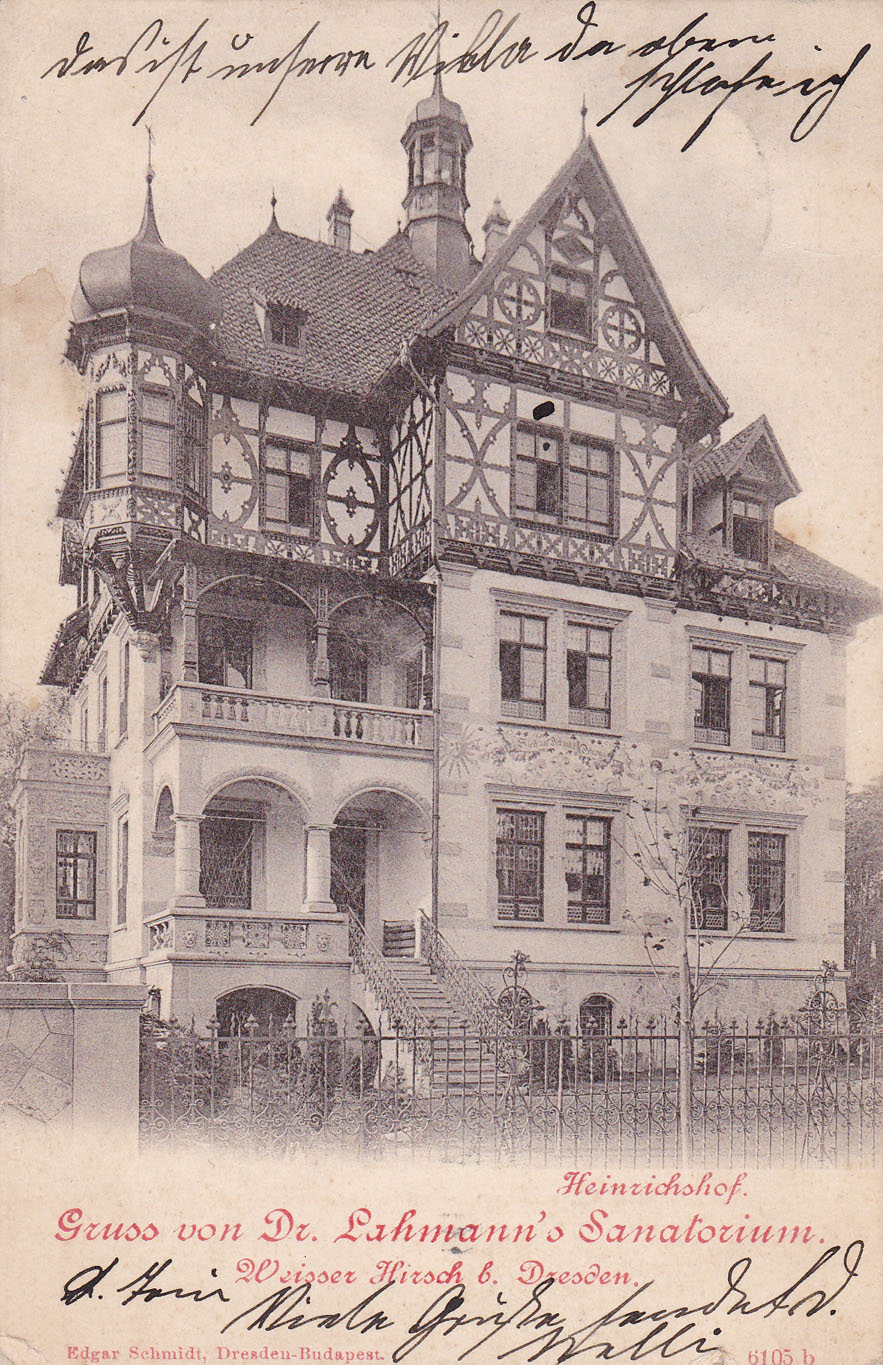
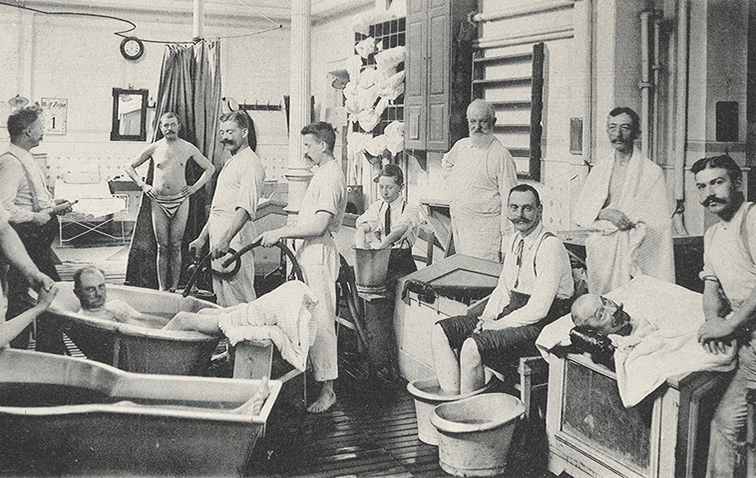
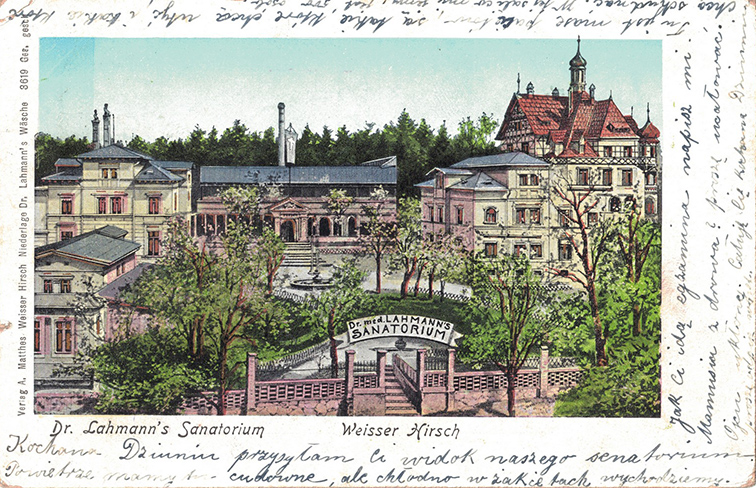
In the autumn of 1912 Vasyl Krychevskiy embarked on another journey abroad. The tour lasted for a month and was divided into two parts: health-related and art studies. At first, he travelled to the popular spa retreat of Doctor Lahmann, located in Weisser Hirsch near Dresden. At the resort where luminaries like Rainer Maria Rilke, Franz Kafka, and Thomas Mann had previously sought treatment, Krychevskiy takes mineral baths, aerotherapy, and engages in physical exercise.
When he is joined by his future wife Yevhenia Pavlovska (1882-1964), the couple travels to Dresden, Munich, Nuremberg, Berlin, and on their way home, makes a stop in Warsaw. Visiting these cities, museums and exhibitions, Krychevskiy creates a series of sketches and drawings and takes photos with a camera bought during this trip. He also takes home a large assortment of new art publications. An ardent collector, the artist also acquires pieces of German ceramics and glassware. The latter resulted in a humorous situation at the border: customs officers couldn’t understand why an artist would bring home so many objects of varying quality instead of a proper set of dishes.
Thus Krychevskiy, now more mature, concludes his personal acquaintance with the art and architecture of Western Europe. An acquaintanceship that began in the summer of 1911 with a tour across Rome, Florence, Ravenna, Venice and Vienna. The Byzantine mosaics which influenced the arts of the Kievan Rus, and original works by Italian masters undoubtedly made a great impression on him. However, according to the artist’s stepson and biographer Vadym Pavlovskiy, this trip ”did not have an immediate effect on Krychevskiy’s artistic practice”. He already was a full-fledged master.
Botanical Gardens of Peter the Great, Professora Popova Street, Saint Petersburg, Russia
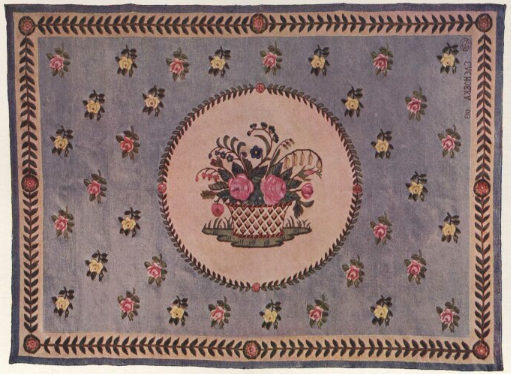
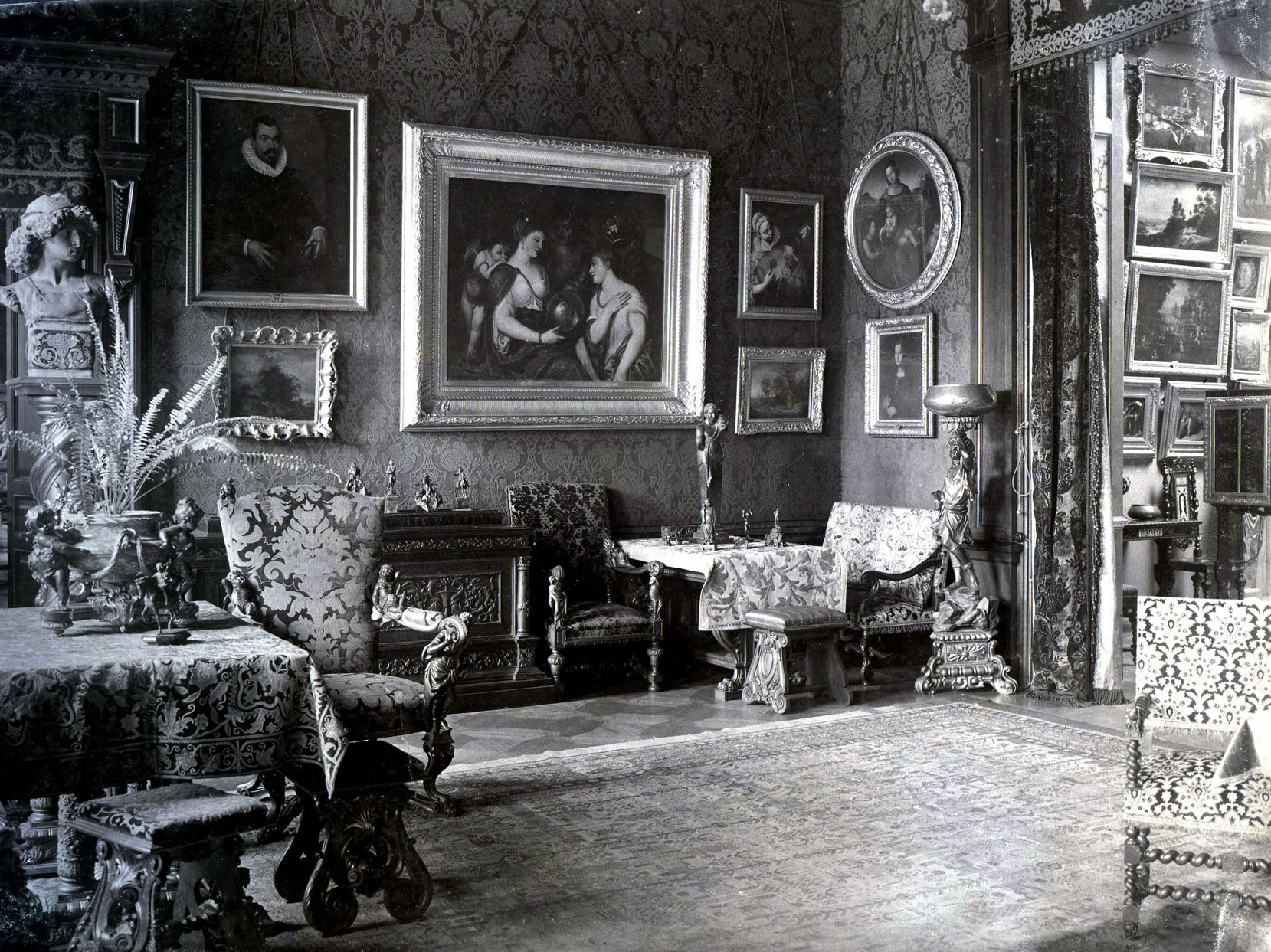
In March 1913, the Russian capital hosted the 2nd All-Russia Artisanal Exhibition, an important event in the promotion of local crafts. The exhibition included works from a carpet and woodblock workshop from the village of Olenivka in the Kyiv province managed by Vasyl Krychevskiy. The workshop was owned and financed by Varvara Khanenko, a wealthy Kyiv collector who, together with her husband Bohdan, possessed a valuable collection of Western and Eastern art (now The Bohdan and Varvara Khanenko National Museum of the Arts in Kyiv). She pursued the then-popular trend among empire high society of owning folk crafts workshops. With the high demand for that kind of product, the artistic value of these goods received a boost from the involvement of serious artists.
Mrs. Khanenko commissioned Krychevskiy to create several sketches for carpets and woodblock patterns for the Russian exhibition. One of these – the tapestry Ilya Muromets, was purchased for a museum in Salt Town (a district in Petersburg). The workshop was awarded the gold medal of the exhibition for the works they presented. Yevhenia Krychevskiy writes in her memoirs that woodblock textiles for decorating interiors - curtains, draperies, furniture - were in particular demand there. The following year, the Olenivka workshop participated in exhibitions in Berlin and Paris. Business was going so well that Mrs. Khanenko opened a store in London.
81 Rue de Grenelle, 75007 Paris, France
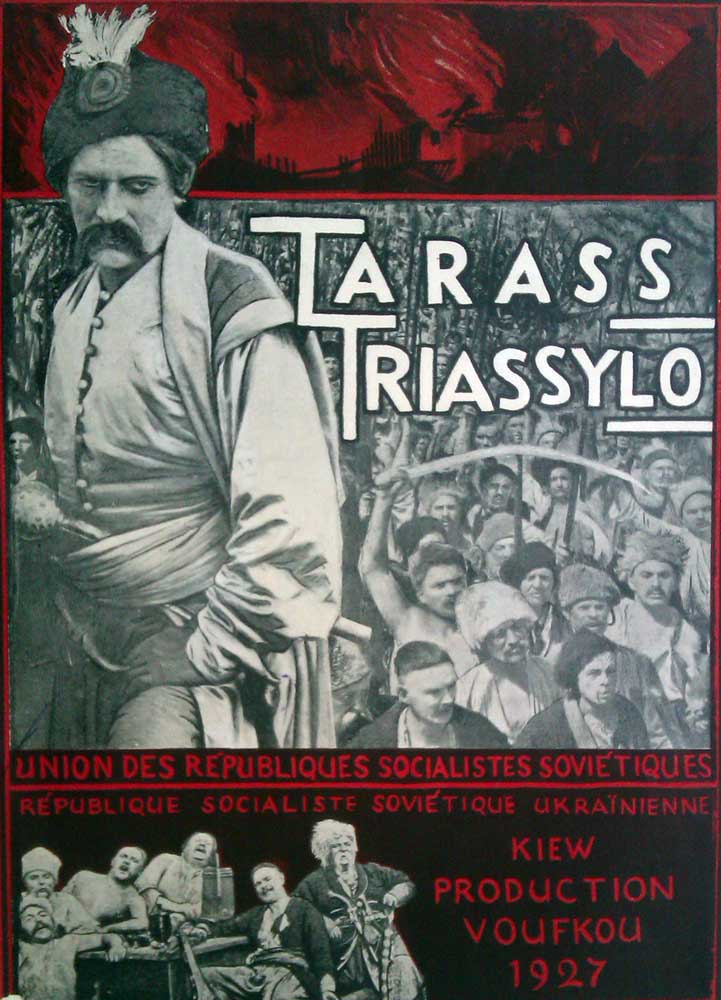
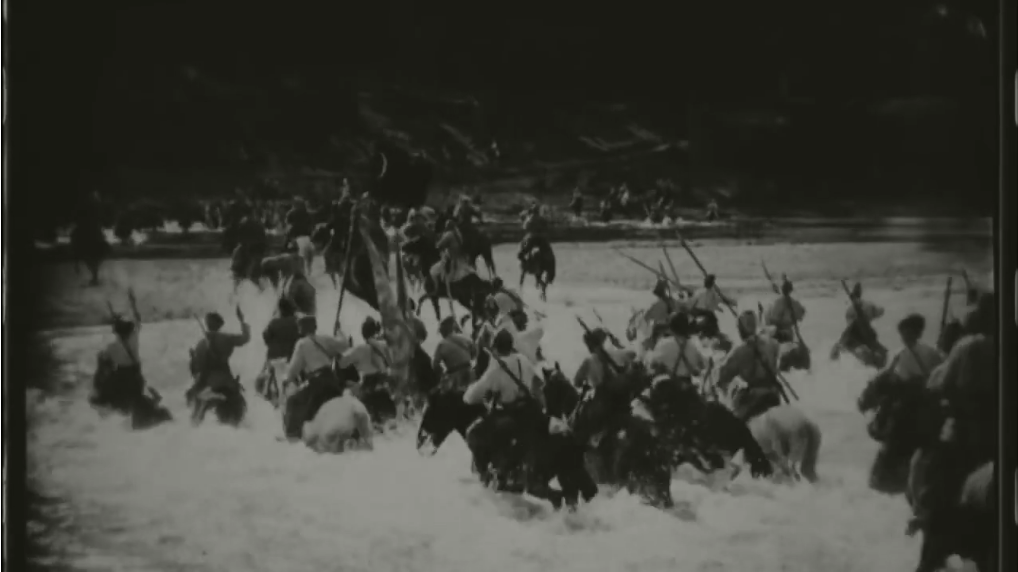
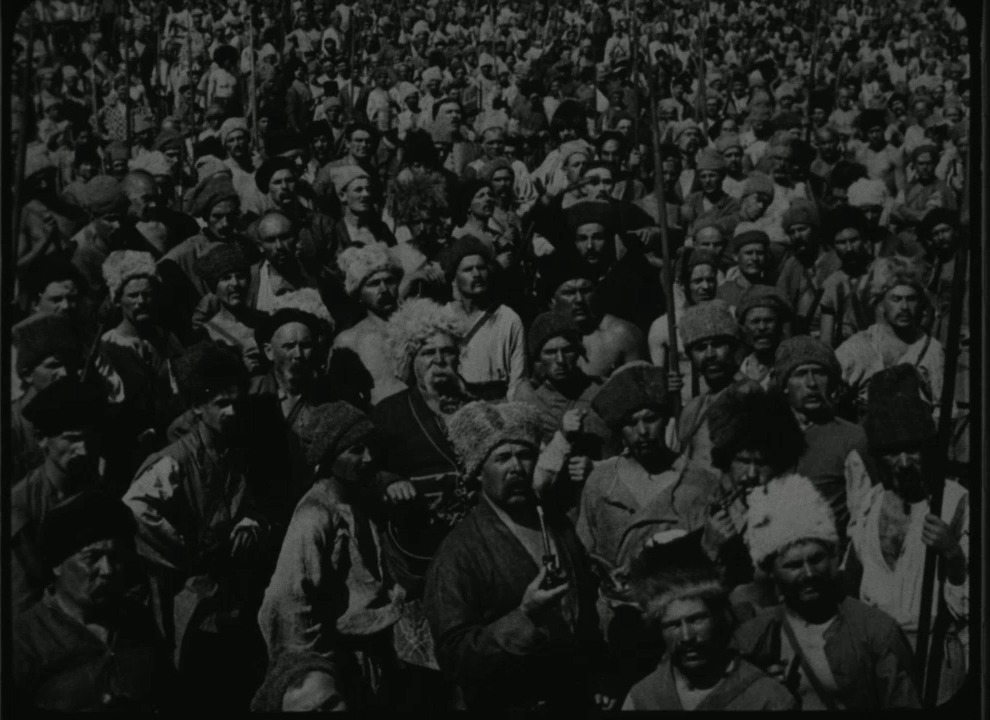
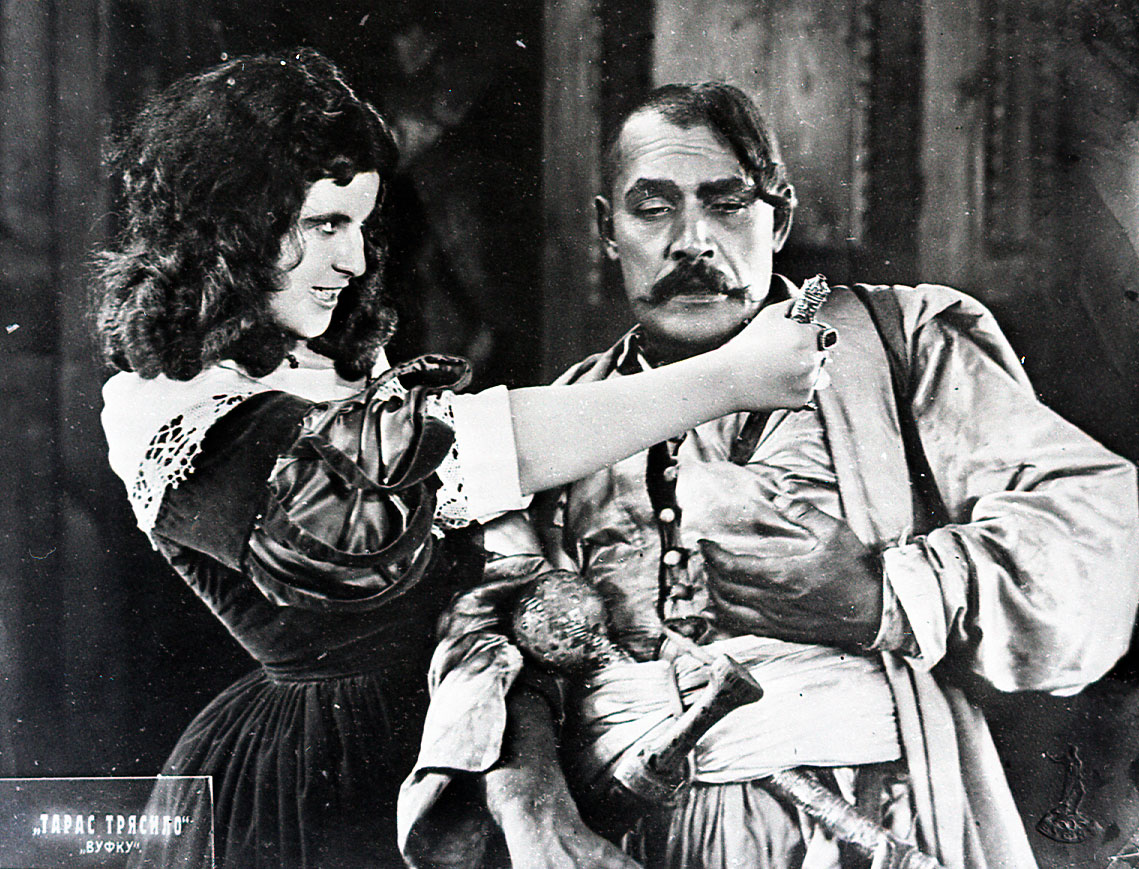
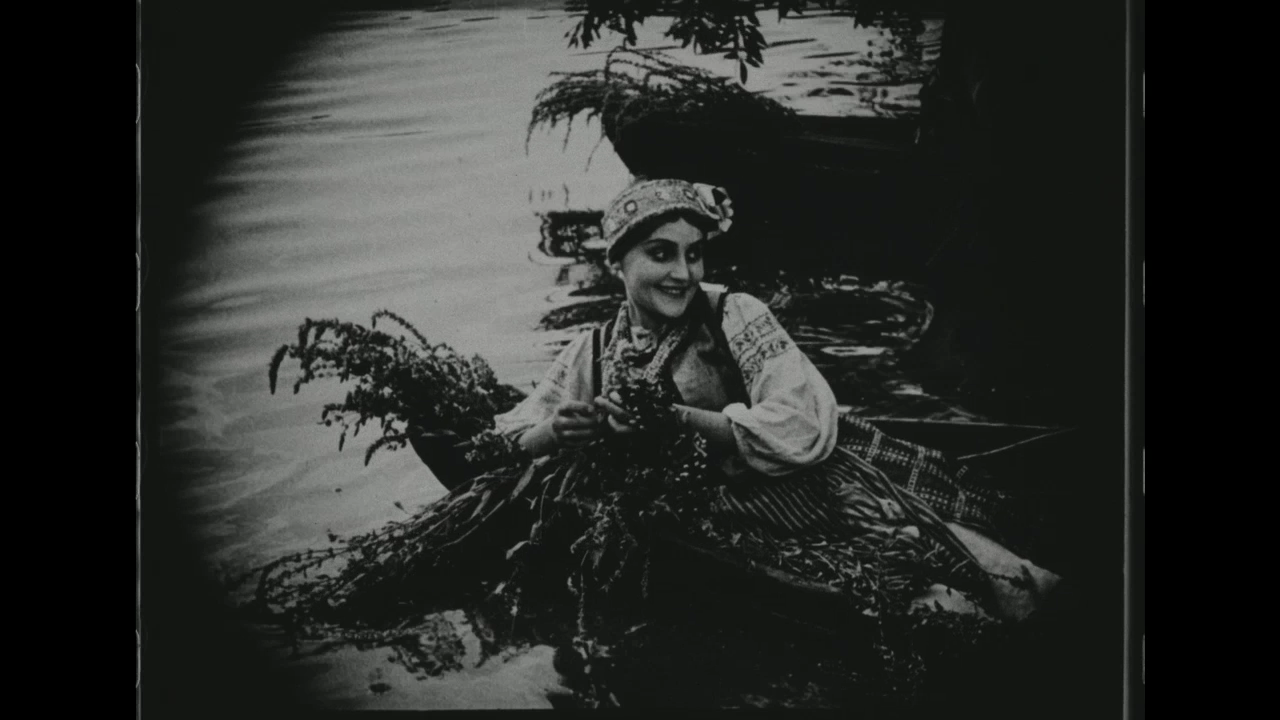
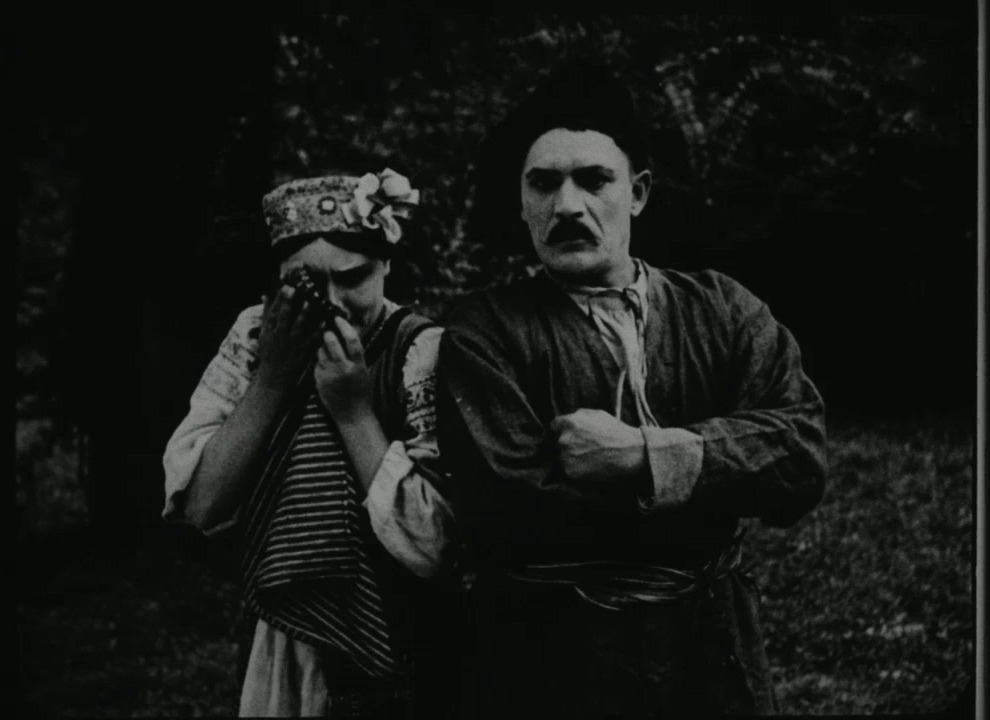
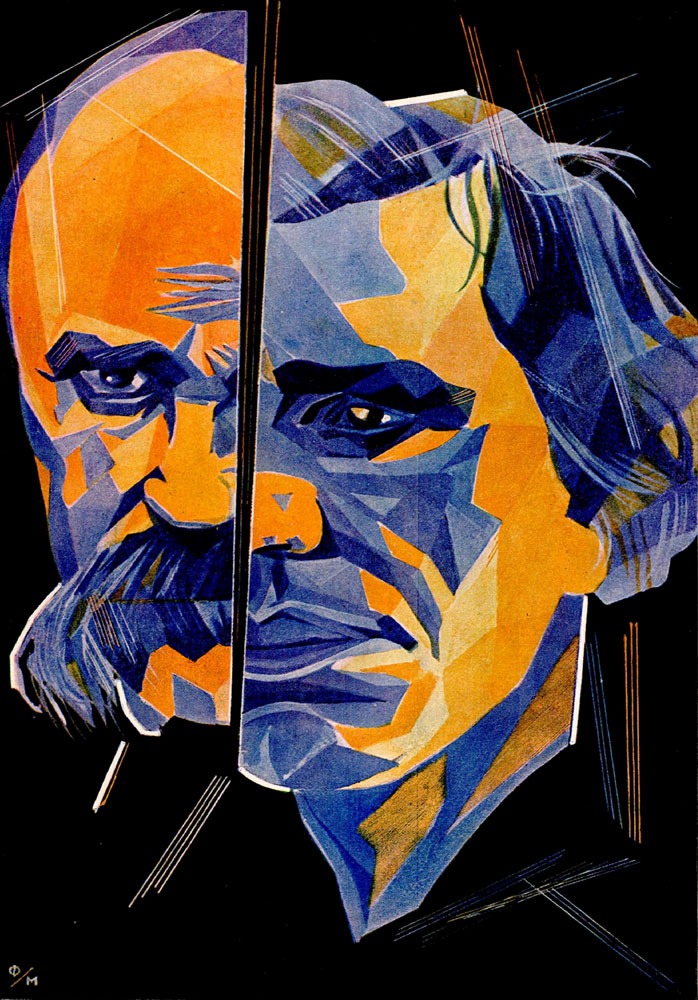
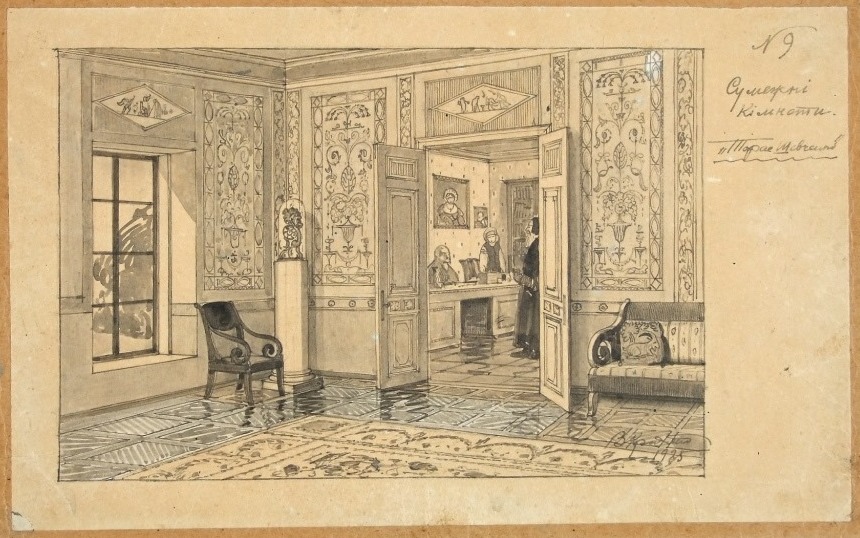
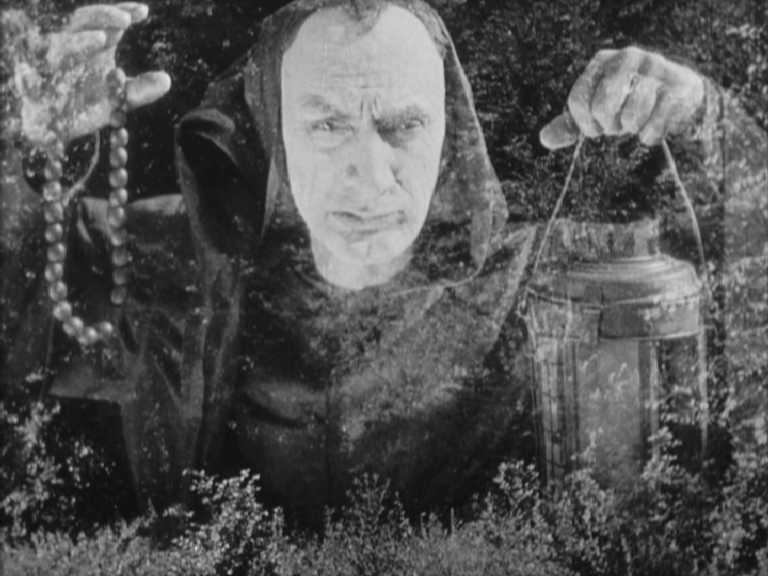
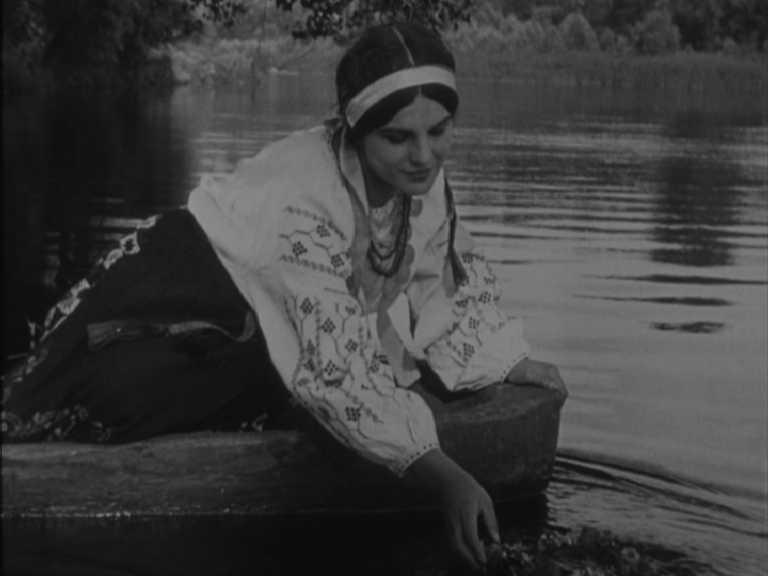
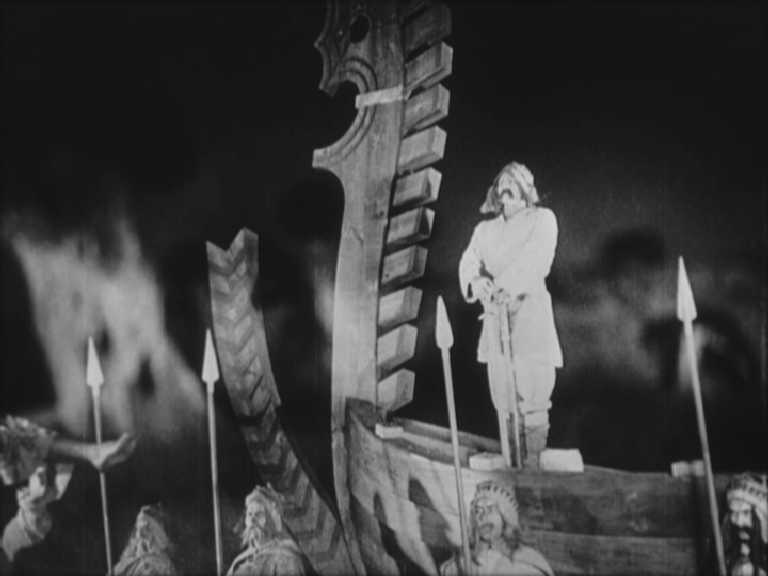
In March 1928, a Ukrainian historical drama – Taras Tryasylo – on which Vasyl Krychevskiy worked as production designer, premiered in Paris. This was the first Ukrainian film about the history of Ukraine to be distributed in France. French audiences welcomed this epic tableau with 10,000 extras, massive battle scenes, a variety of locations and lavish costumes. It was called ”a historical fresco”, and viewers noted the ”power of the film’s realisation”. For a long time Taras Tryasylo was considered lost, until researcher Lyubomyr Hoseyko discovered it at La Cinémathèque française under the title Tatars in 1998.
Taras Tryasylo (director Petro Chardynin) was commissioned by VUFKU (Ukrainian Photography & Cinema Administration), which successfully produced popular and avant-garde films through almost nine years of activity engaged in in virtual independence from Moscow. Vasyl Krychevskiy was in that pool of auspicious talent hired by VUFKU. The artist created the entire visual aspect of the film, everything from set decor to haircuts. According to renowned Ukrainian poet and scholar Mykola Bazhan: ”The old master knew a lot. He wasn’t boasting about his knowledge, but gladly sharing it, and had become an undeniable man of artistic weight for all filmmakers, and especially for two people - (Oleksandr) Dovzhenko, who otherwise was not inclined to bend to anyone’s authority, and (Yuriy) Yanovskiy”. At the Odesa Film Factory, Krychevskiy worked on more than ten silent films, among them renowned works such as the epic biopic Taras Shevchenko, and legendary arthouse film Zvenyhora by Oleksandr Dovzhenko. He concluded his career in film with a sound and colour film, the musical The Sorochyntsi Fair (director Mykola Ekk).
Cerkiew Opieki NMP, 33-336 Łabowa, Poland
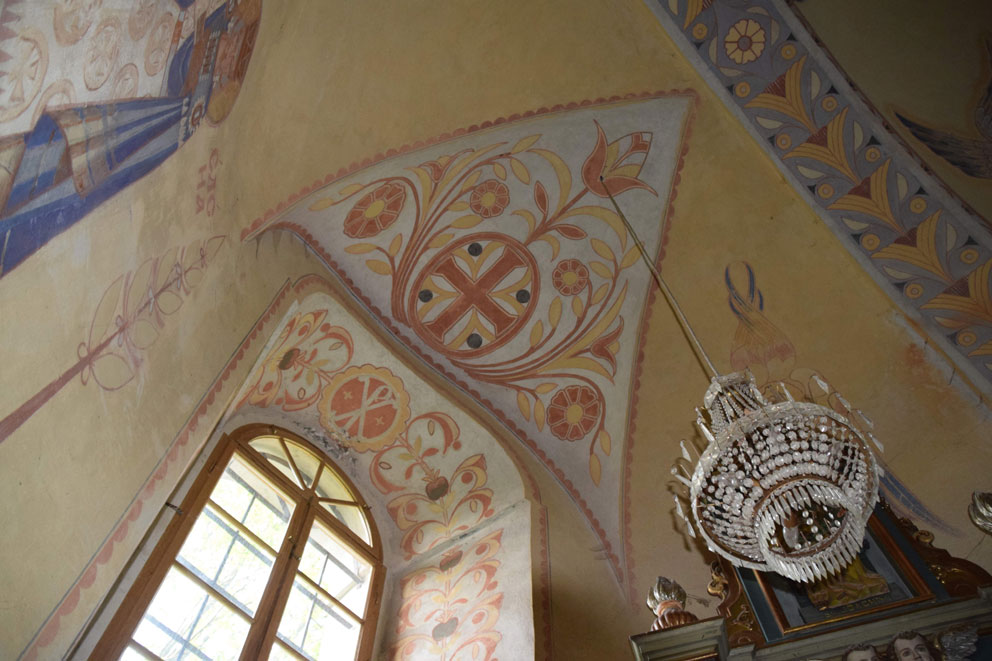
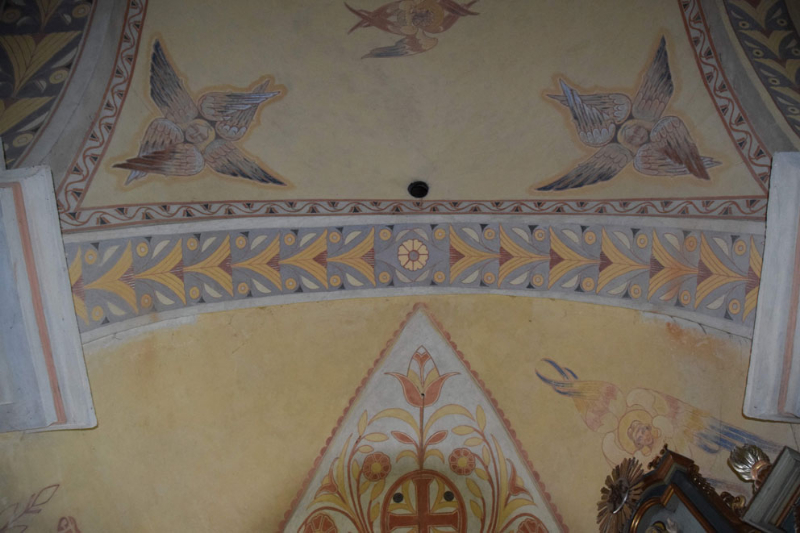
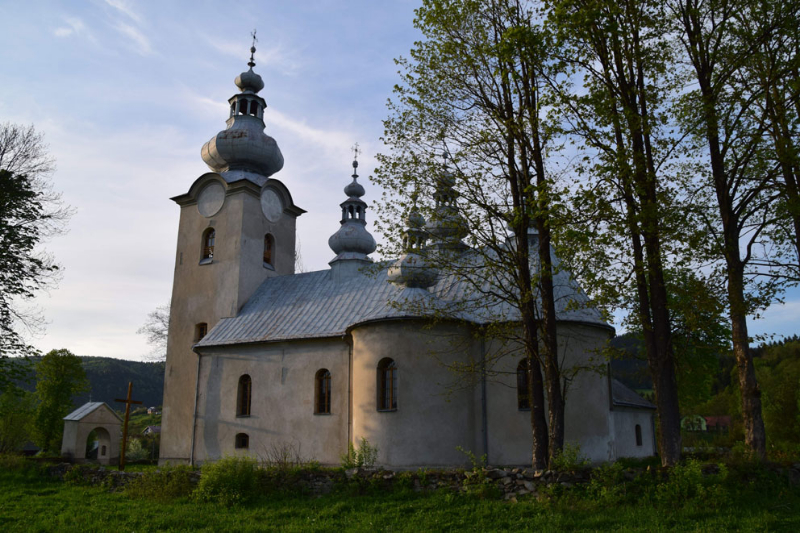
In the summer of 1944, moving westward from the warfront, Vasyl Krychevskiy and his colleagues and students from the Fine Arts Studio in Lviv made a stopover in the historically Ukrainian Lemko region of eastern Poland. Decorating a local church built in 1789 offered the refugees a chance to earn an income. Krychevskiy used his skills as artist and architect here. The problem was with the high humidity inside the church that quickly damaged older frescoes. To avoid the recurrence of this misfortune, Krychevskiy insisted on building a drainage system in the building. One of the workers on that project – Serhiy Lytvynenko –recounts: ”We decorated it using ancient methods, we made the paints ourselves from plants, using Krychevskiy’s recipes.” The paints were mixed with cheese and egg yolk. They painted using the fresco technique. Krychevskiy supervised the placement of compositions and created the ornamental elements. And though this redecoration was a group effort (for instance, Mykola Butovych created the images of St. Constantin, St. Elena, Sts. Vladimir and Olga, while Leonid Perfetskiy painted the scene Jesus Christ in Gethsemane), Krychevskiy’s signature style defined the work - the church interior was clearly Ukrainian modernism. In 2014, these polychrome frescoes of Ukrainian artists were added to the list of historical and artistic monuments of Poland.
36 Rue de Verneuil, Paris, France
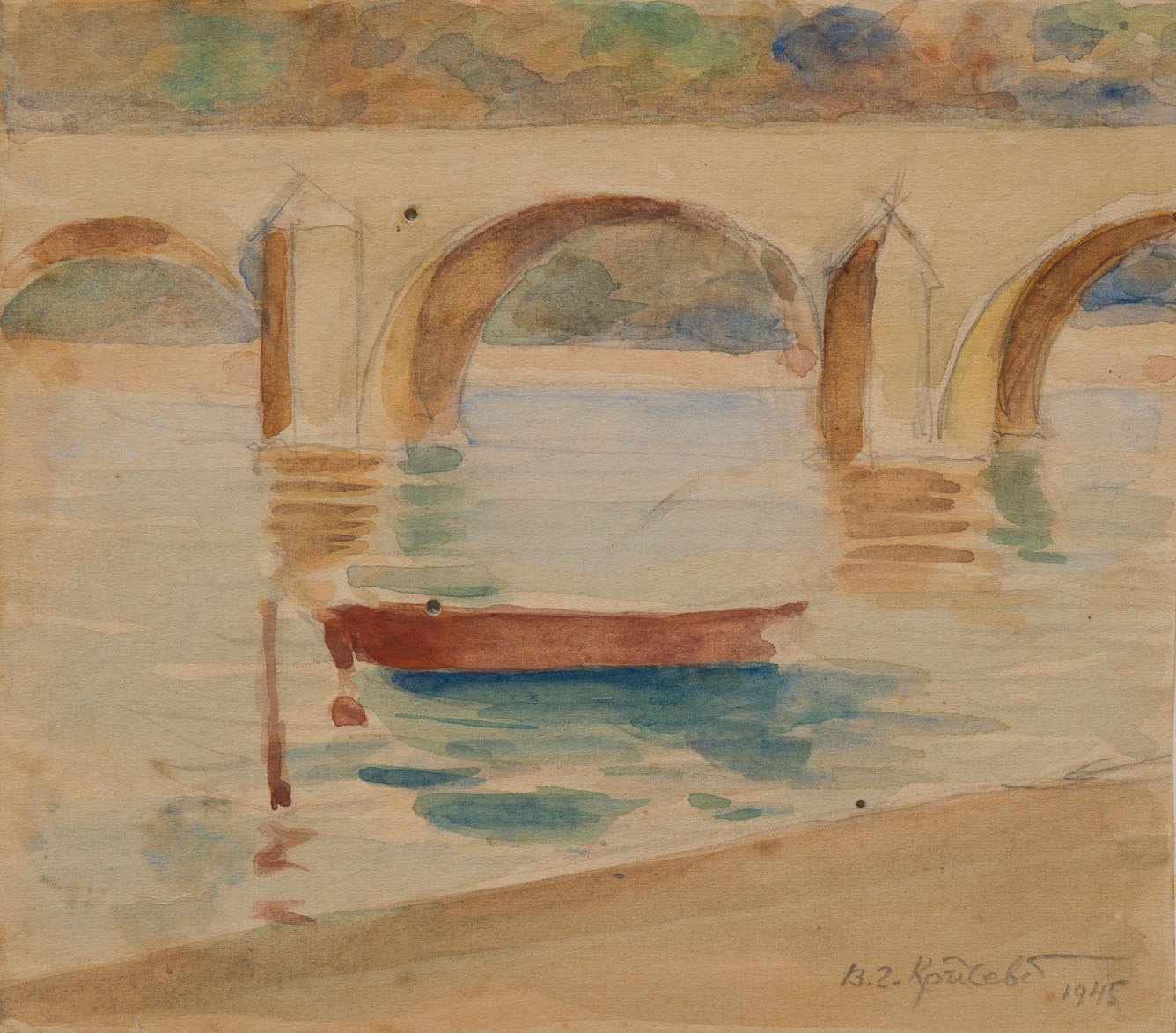
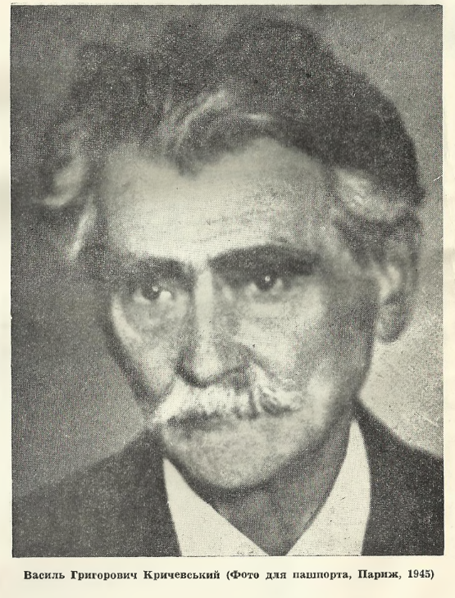
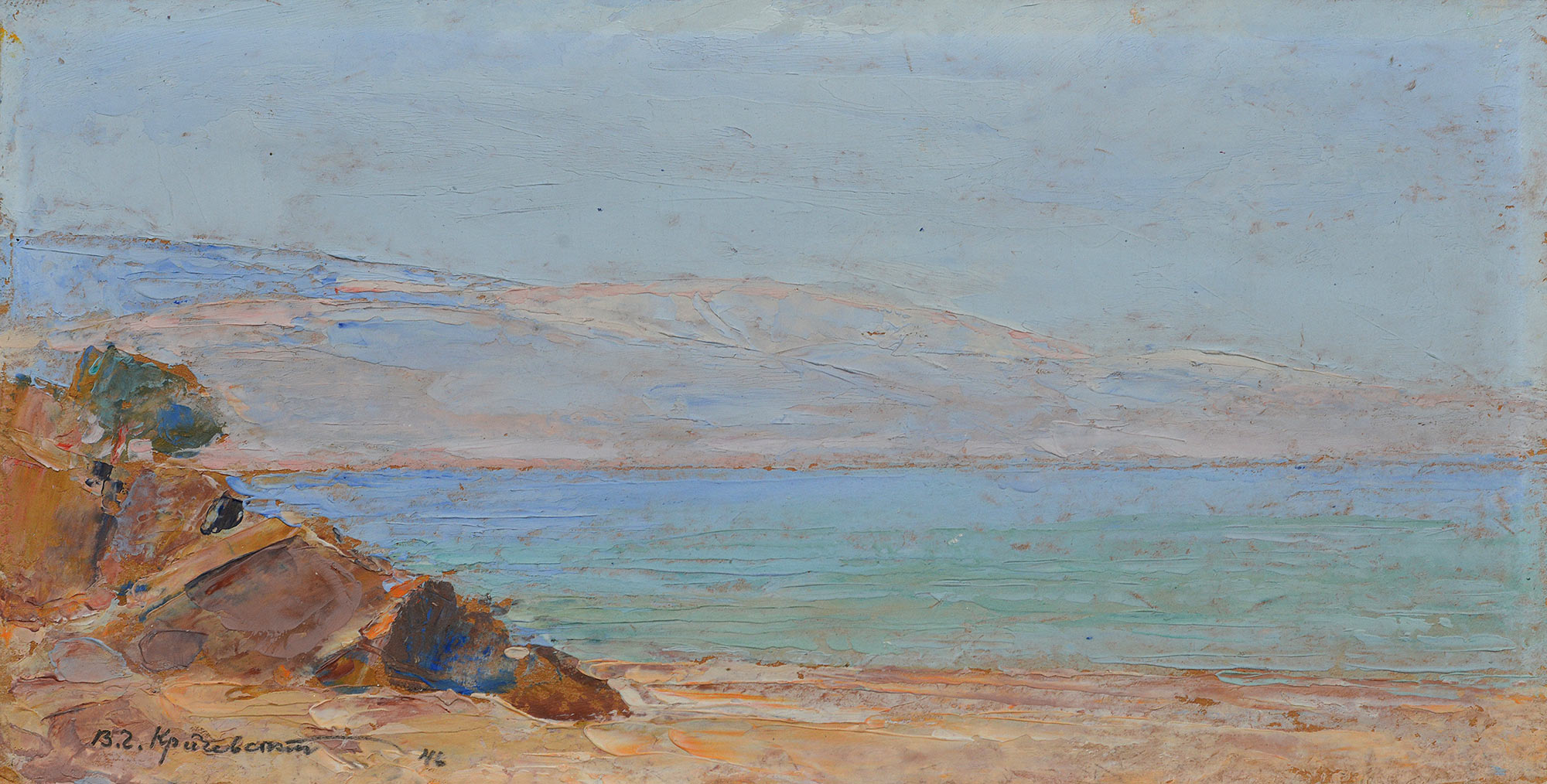
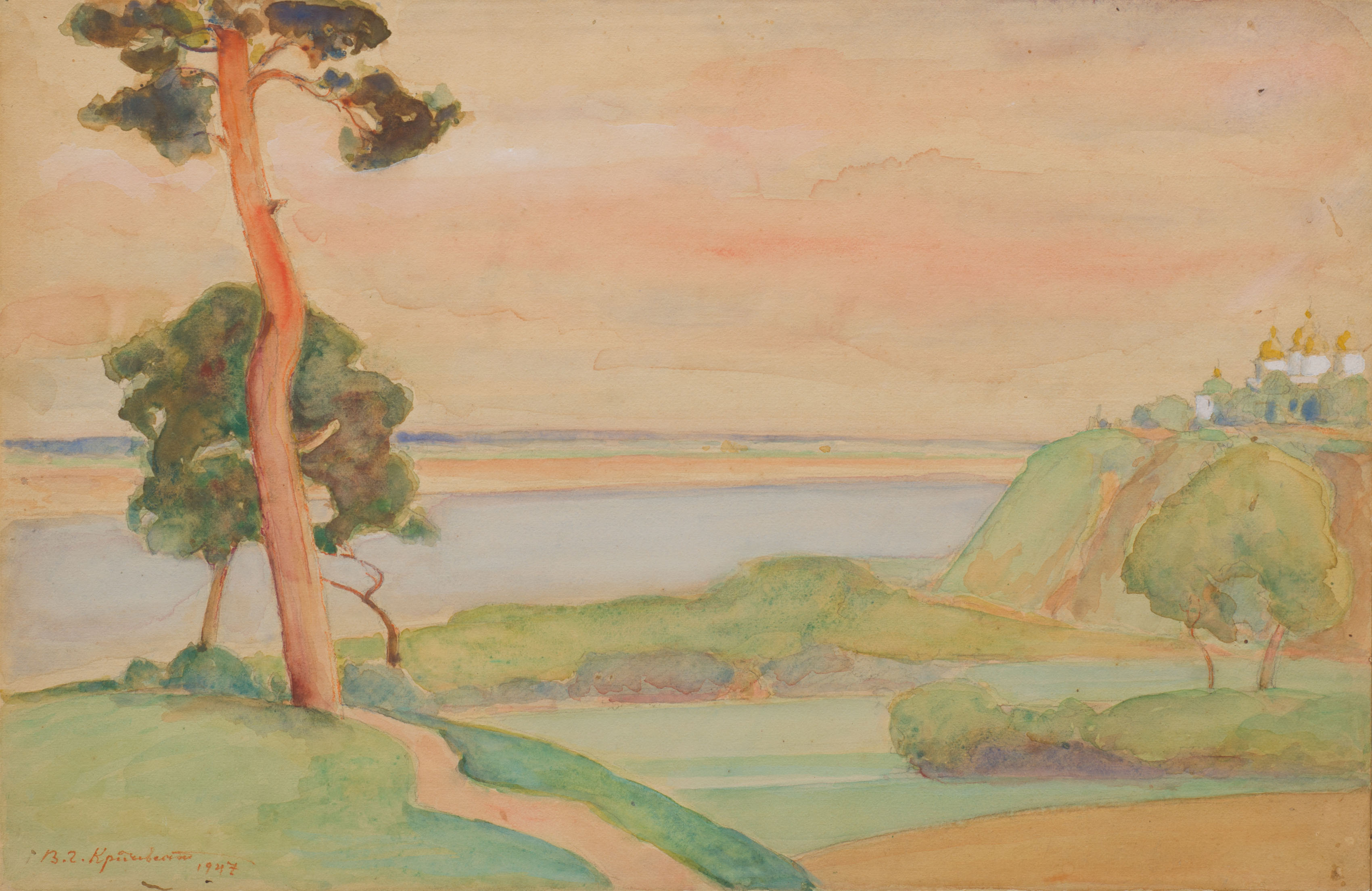
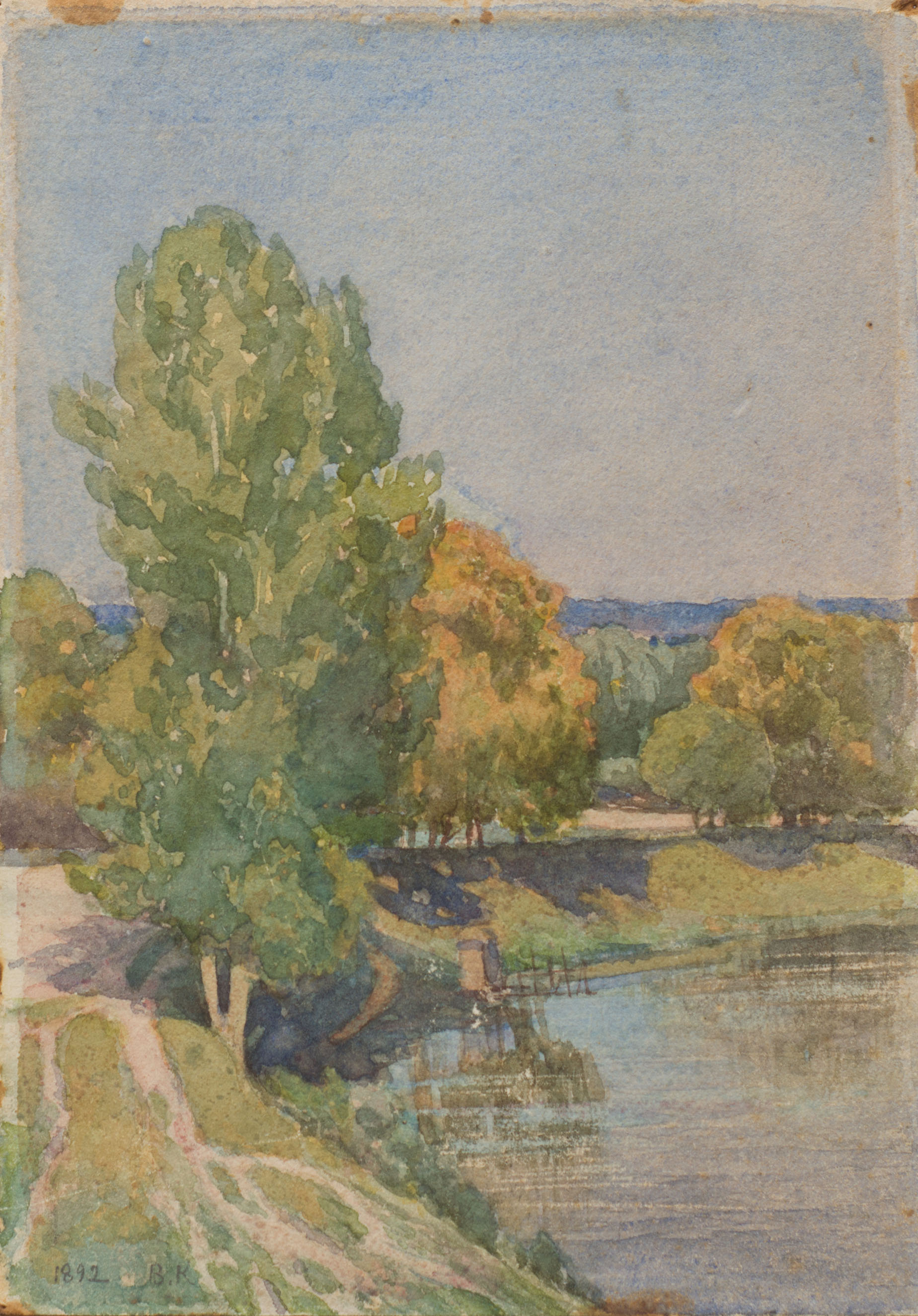
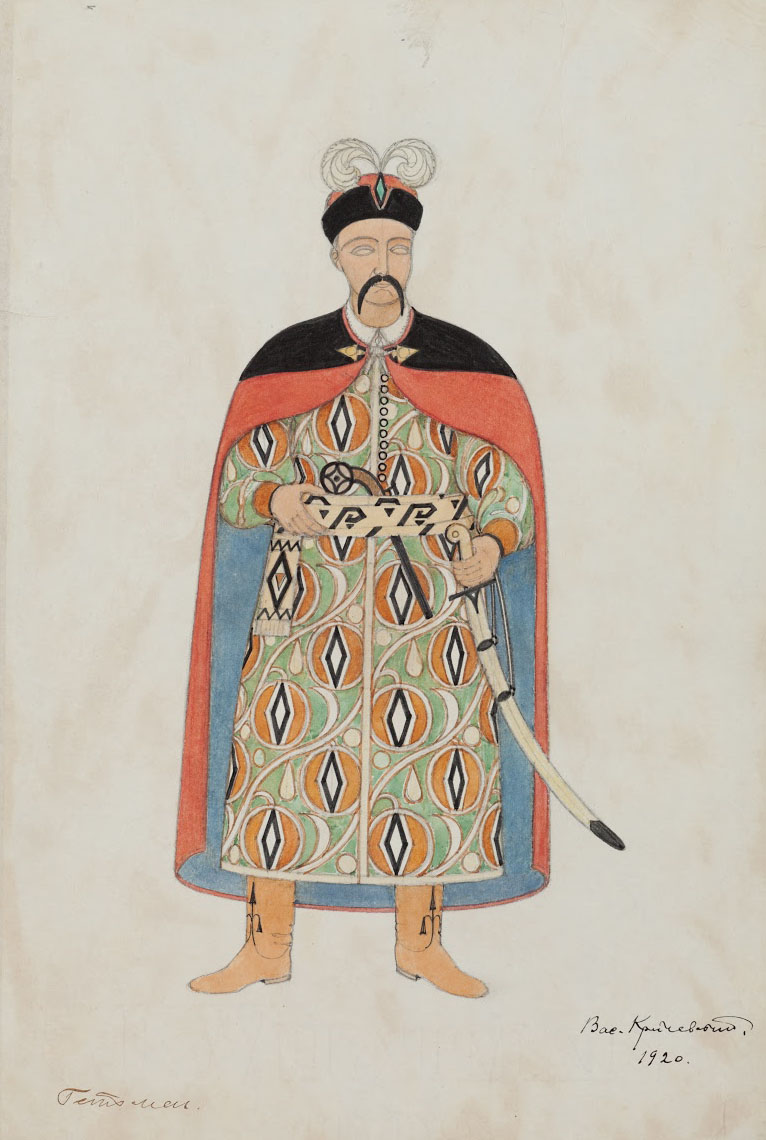
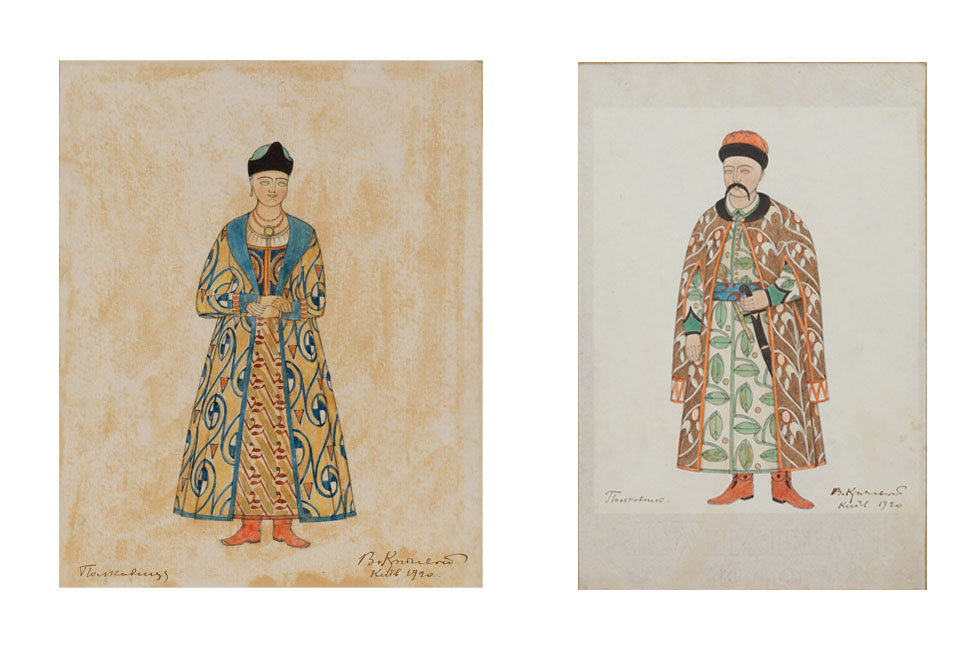
In the summer of 1945, after an exhausting yearlong odyssey as a refugee, Vasyl Krychevskiy and his wife Yevhenia, daughter Halyna and her family, finally found peace and shelter in France. At first, they stayed with the artist’s elder son Mykola Krychevskiy, also an artist, who had settled in Paris much earlier. Later, Krychevskiy would move to the Paris suburb of La Garenne-Colombes. He is now over 70. As the family made its way to Paris Krychevskiy had survived an air assault in which he lost a large part of his works: drawings, paintings, valuable books, articles, films and photos. But in France he managed to rebound so well from all of this that he overcame a bout of depression and began actively working again. In particular, he created the project of a monument to Ukrainians who had participated in the French Resistance. Around 150 works by Krychevskiy found their way into various private collections in Paris. Politician and entrepreneur Simon Sozontiv even wished to buy all the artist’s paintings and sketches for half a million francs, but Krychevskiy refused.
Krychevskiy was an incredibly hard-working man. His personal retrospective exhibition in Kyiv in the summer of 1940 comprised 1055 exhibits: paintings, architectural projects, sketches for stage and film decor covering the period of 1892-1940. This large-scale exhibition at the State Museum of Ukrainian Art (now the National Art Museum of Ukraine) was attended by more than fifty-thousand people.
222 East 6th Street, New York, NY, USA
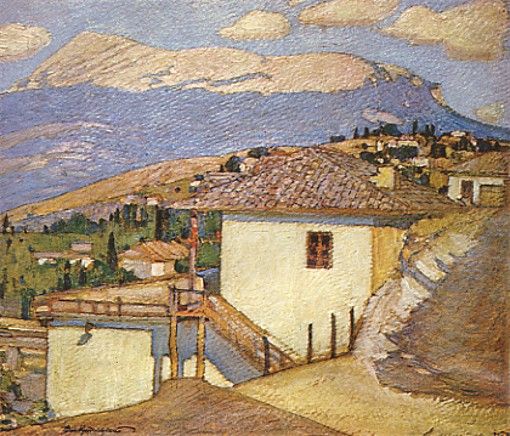
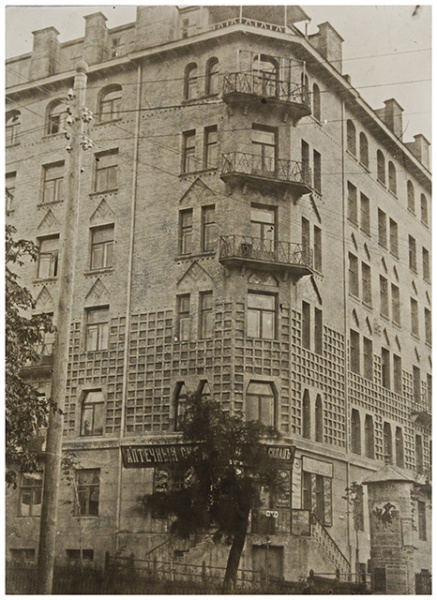
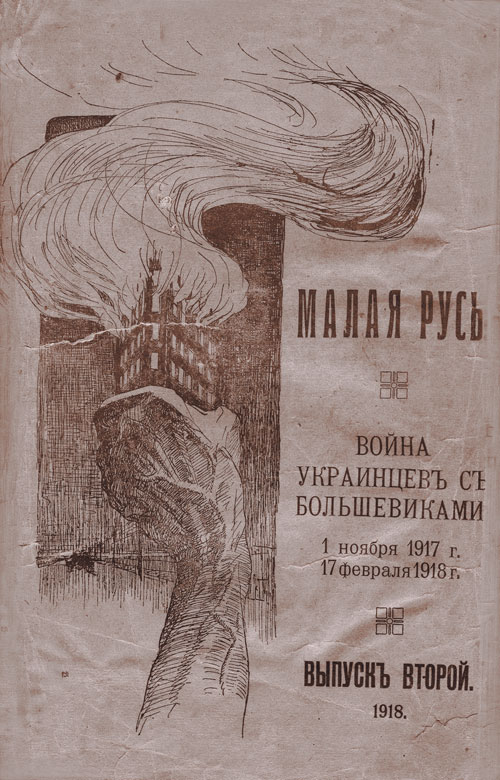
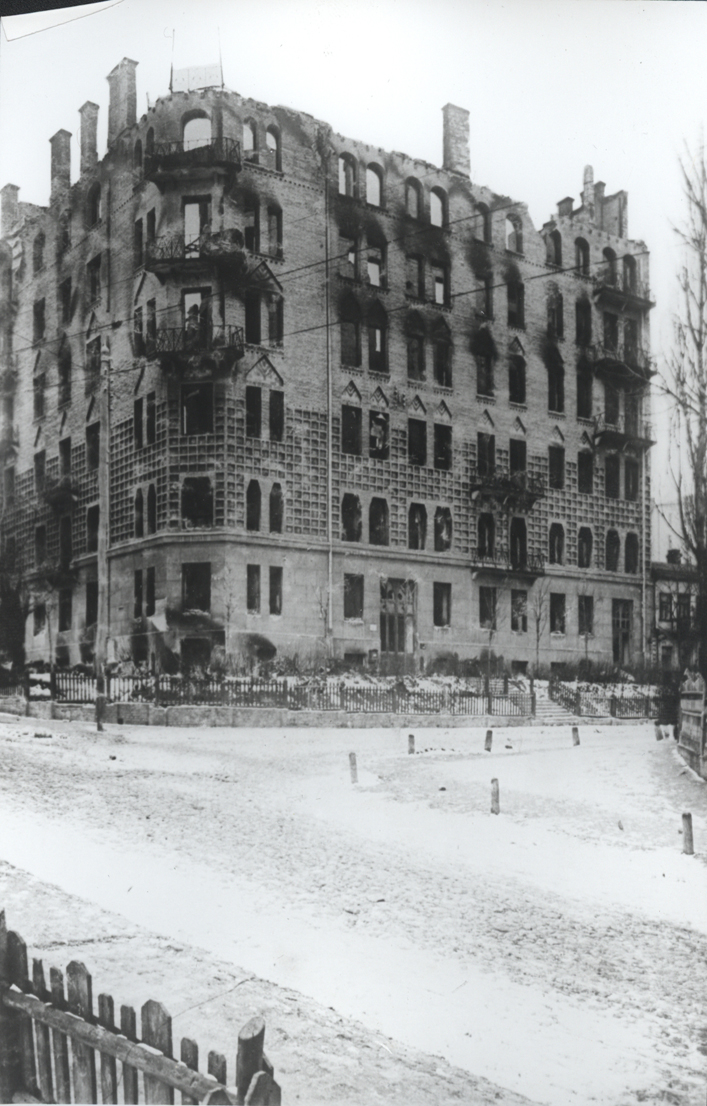
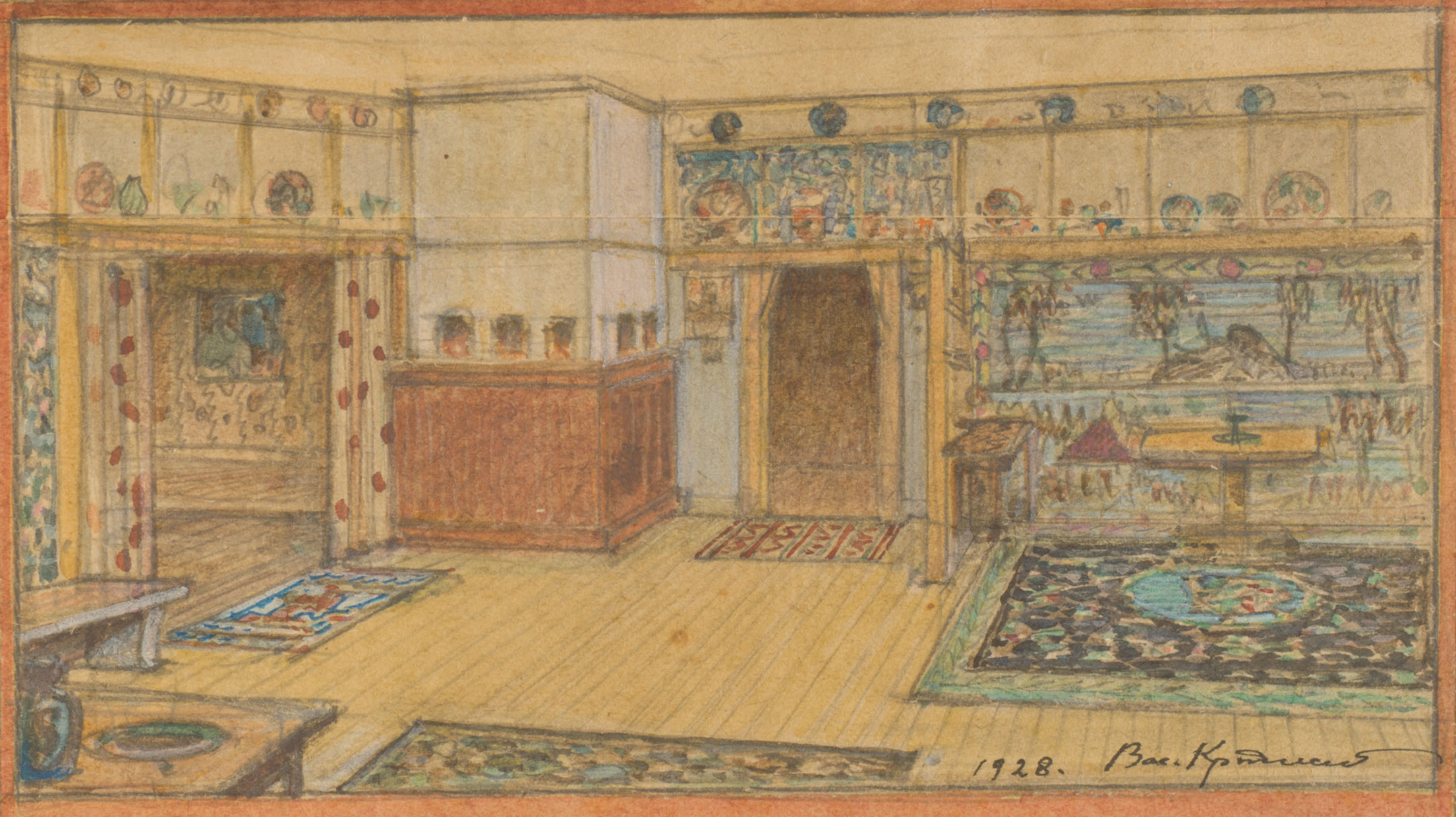
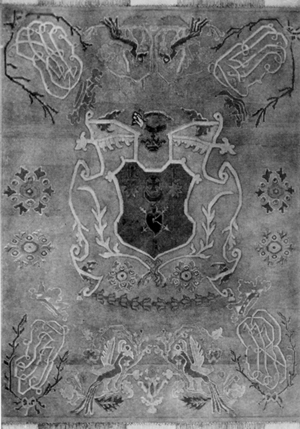
It is the very heart of the Big Apple, Manhattan, that likely houses the largest collection of works by Vasyl Krychevskiy outside Ukraine. Over 300 works were donated to the Ukrainian museum by his stepson and biographer Vadym Pavlovskiy. Krychevskiy himself never visited the United States: when the question arose where to migrate from France, his family chose the warm climate of Venezuela over the colder USA or Canada. However, Krychevskiy’s works have been actively shown in the United States.
Krychevskiy possessed a phenomenal ability to recreate things from memory. In particular, while in emigration, he repainted his work that was lost in a big fire in Kyiv in 1918. Although the his collection was not a total loss, the fire destroyed the bulk of the artist’s possessions, including his immensely valuable collection of Ukrainian, Persian, Chinese and Japanese artefacts, as well as his own work and writings. The fire was the result of a Bolshevik artillery attack on his home and studio in the centre of Kyiv on 7 February 1918.
22 Calle Las Mercedes, Caracas, Miranda, Venezuela
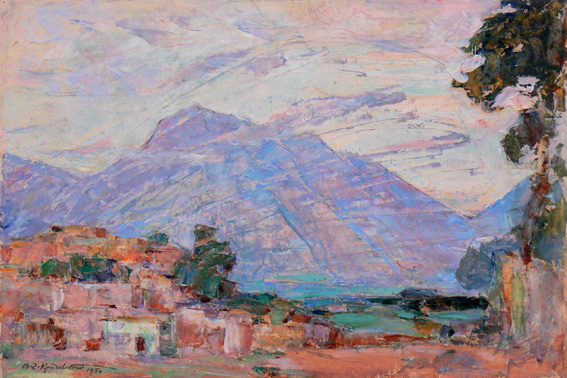
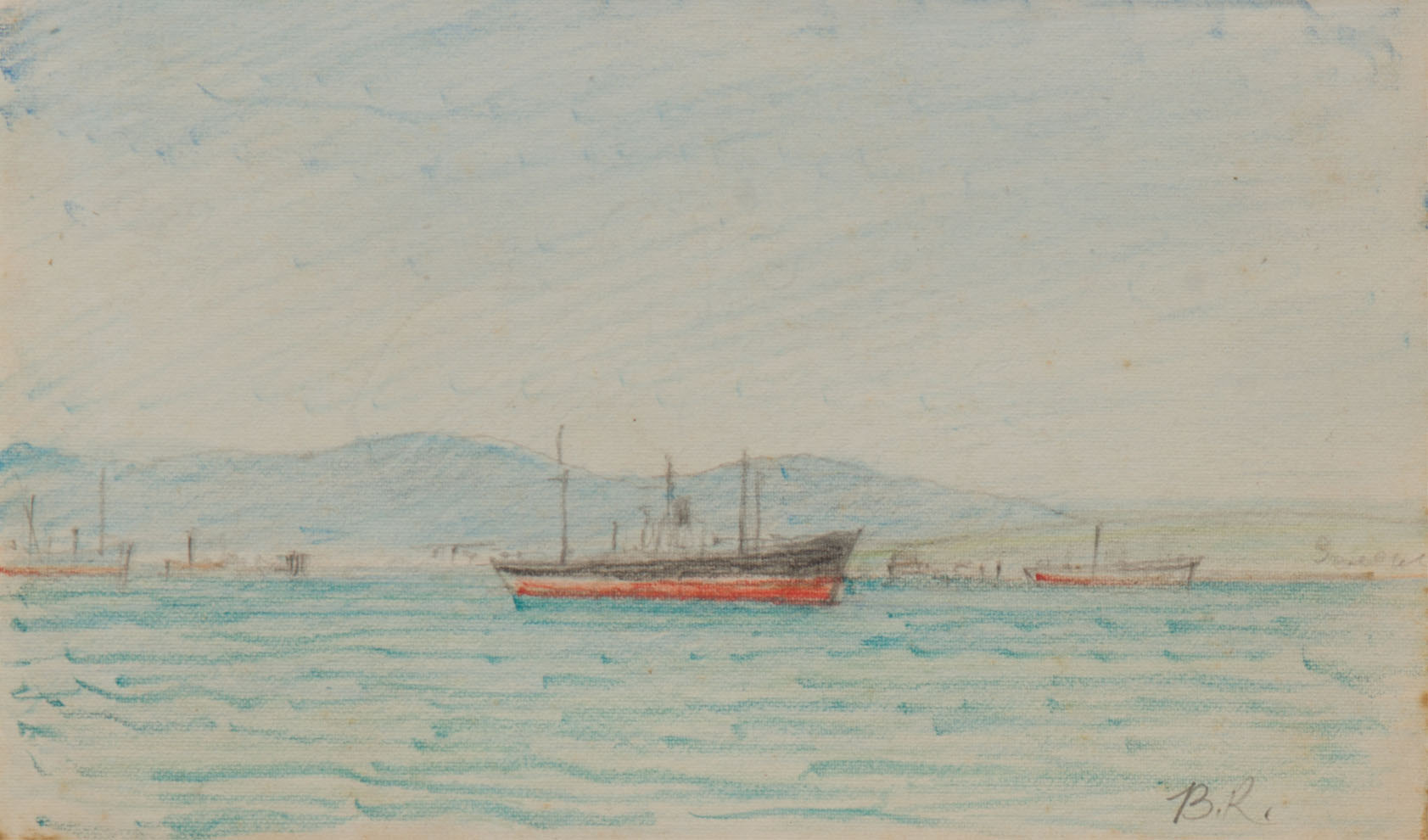
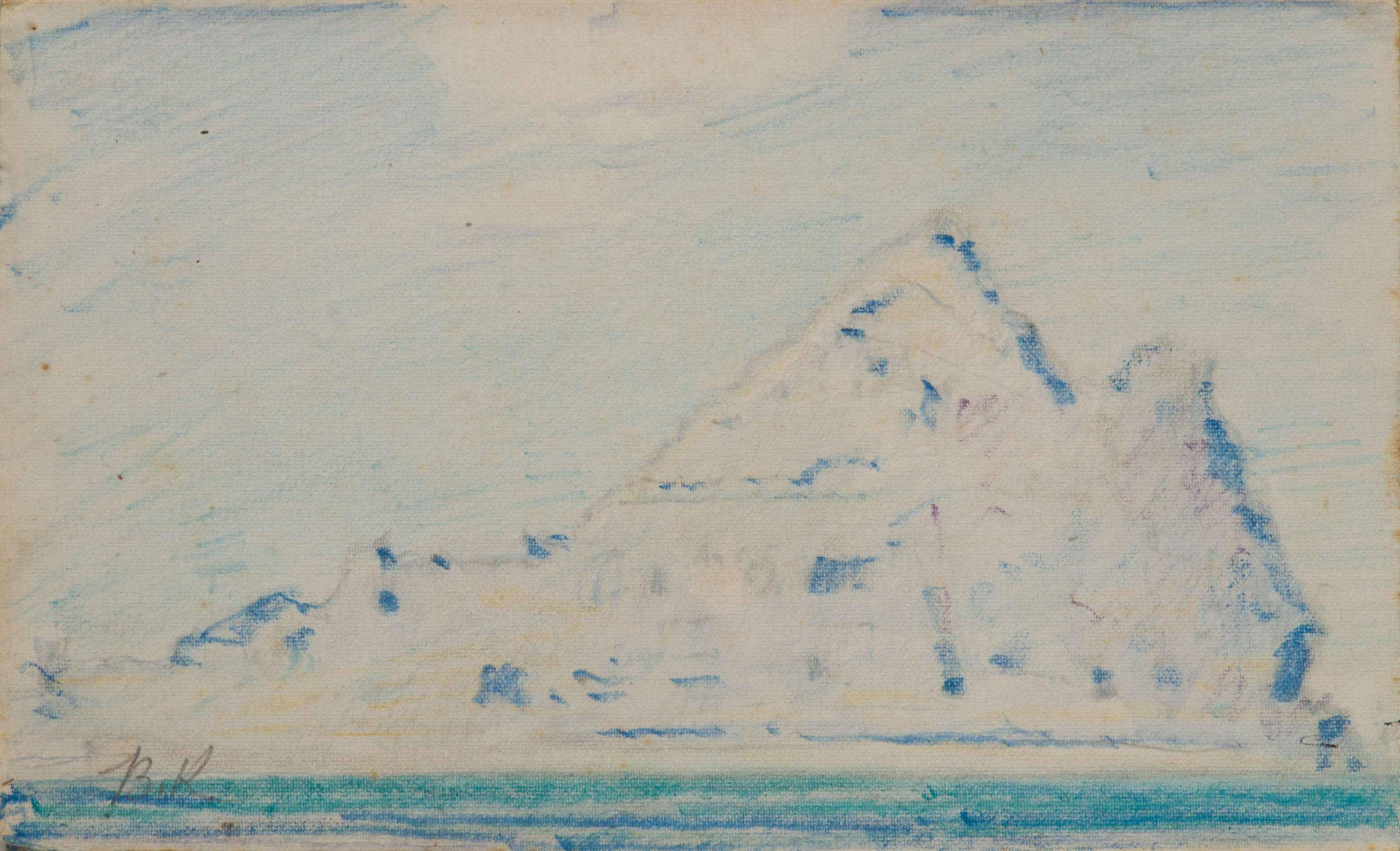
Vasyl Krychevskiy arrived in Caracas with his wife Yevhenia on 1 April 1948. They were invited by daughter Halyna who had moved there earlier with her family. The large immigrant family struggled financially and with the general living conditions in Venezuela, local diseases, and scorpions. But here, like anywhere else, Krychevskiy isolated himself from reality in pursuit of his creative urges. He was now 75, yet his fervour for work was undimmed. On his way to Caracas, he drew sketches of Gibraltar, Guadeloupe, and Martinique, the surrounding landscapes and still-lifes.
At the dawn of his career as an artist, Krychevskiy preferred watercolours, later switching to oil painting. Landscape was his favourite genre - nature, urban landscapes, architecture. Soft impressionist works reflect the painter’s character and ability for careful observation, memorisation, the accurate recreation of detail, and the use of chiaroscuro to express a range of moods. He still managed to show his works in several exhibitions. But having fallen ill in the spring of 1952, he essentially left off from his artistic pursuits, and on 15 November 1952, Vasyl Krychevskiy embarked on one final, eternal journey.
